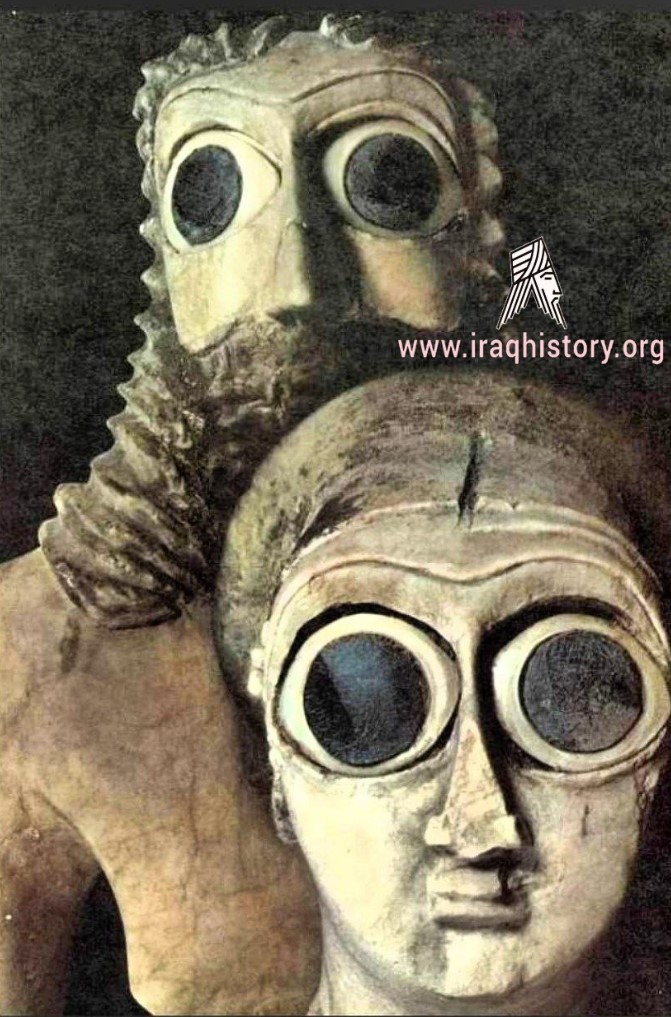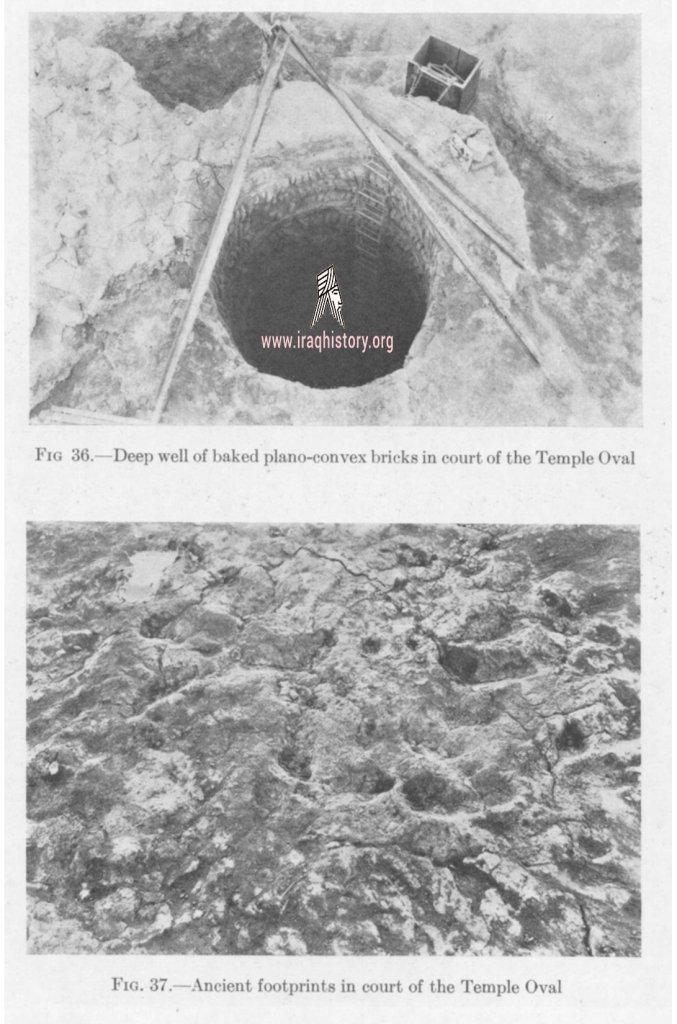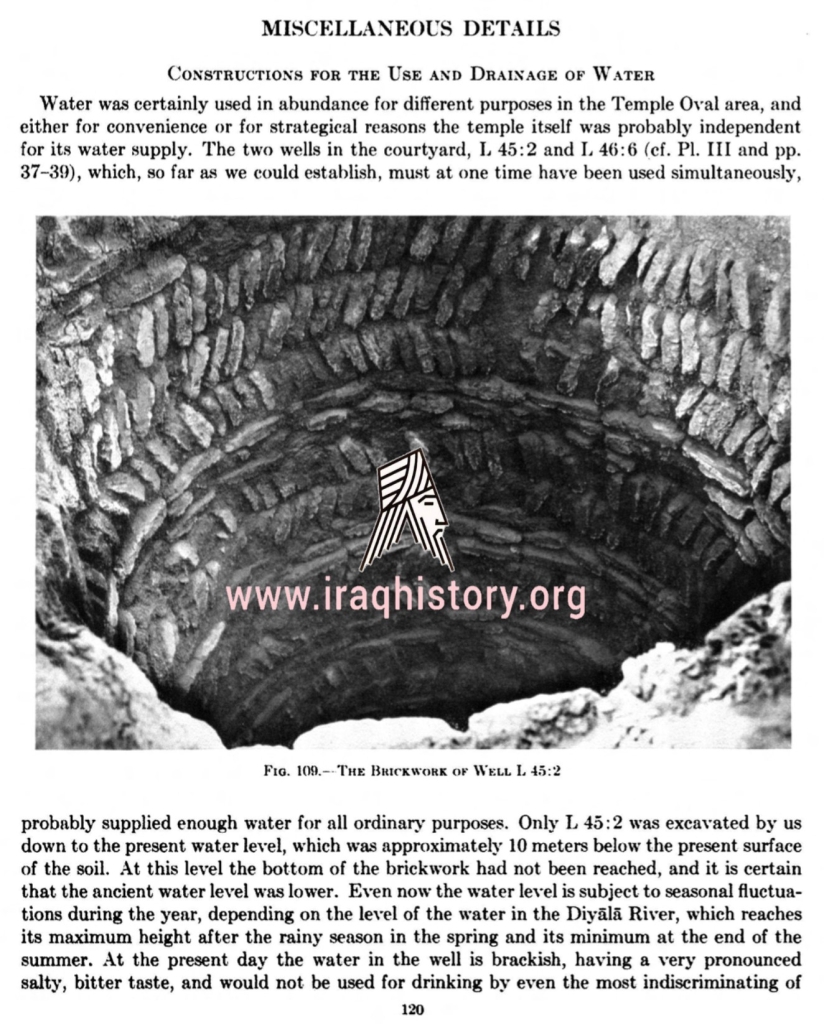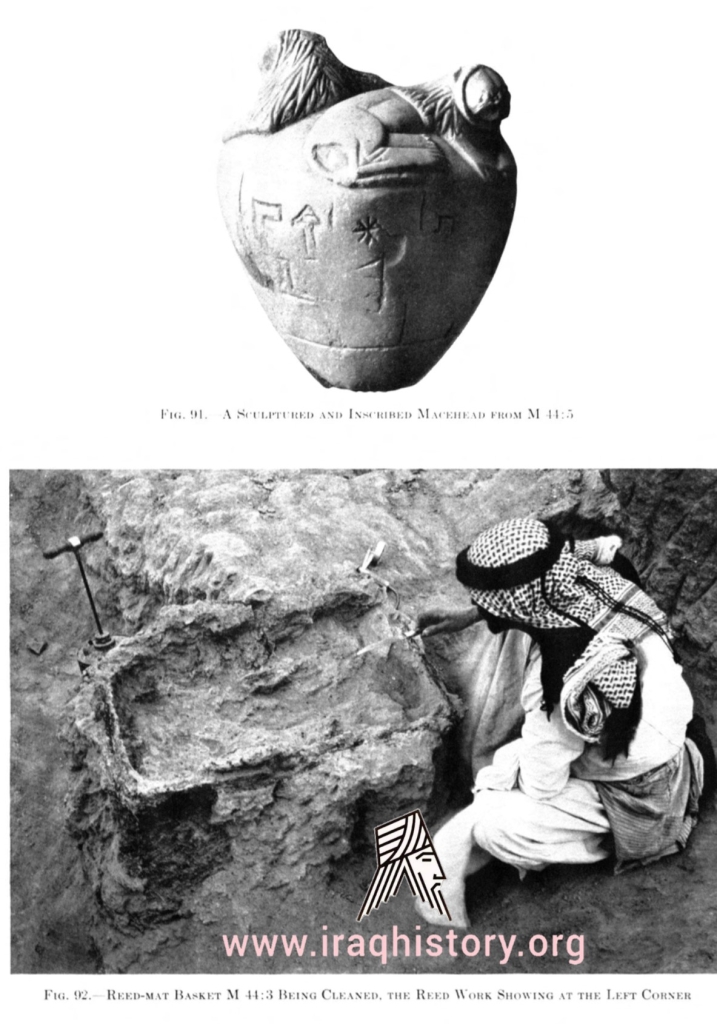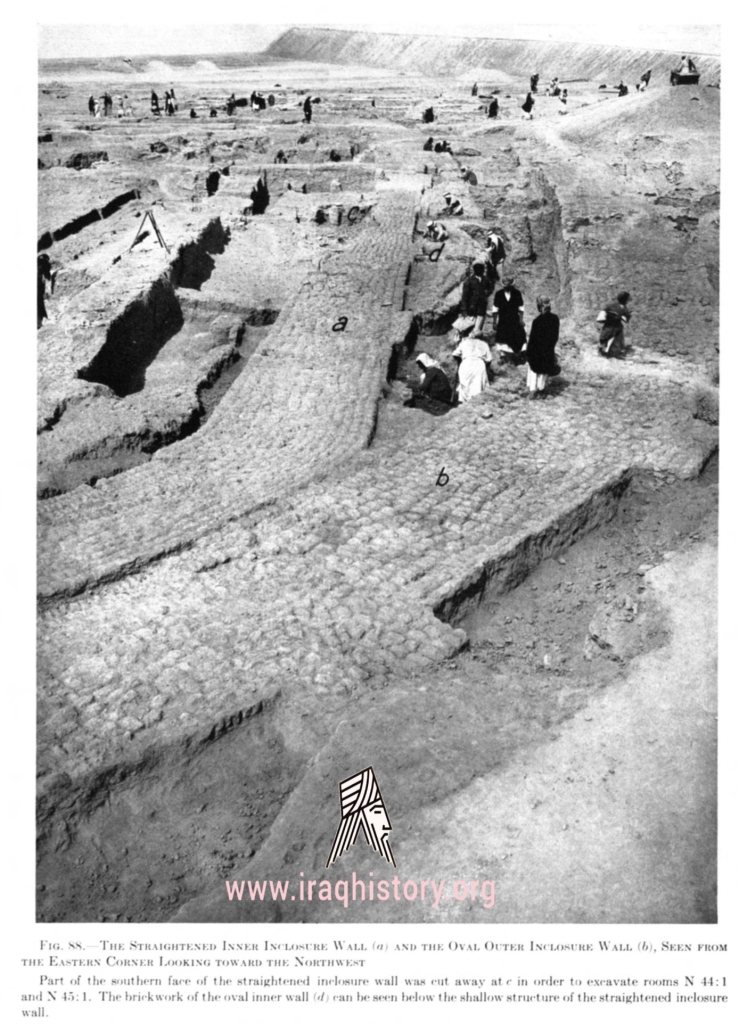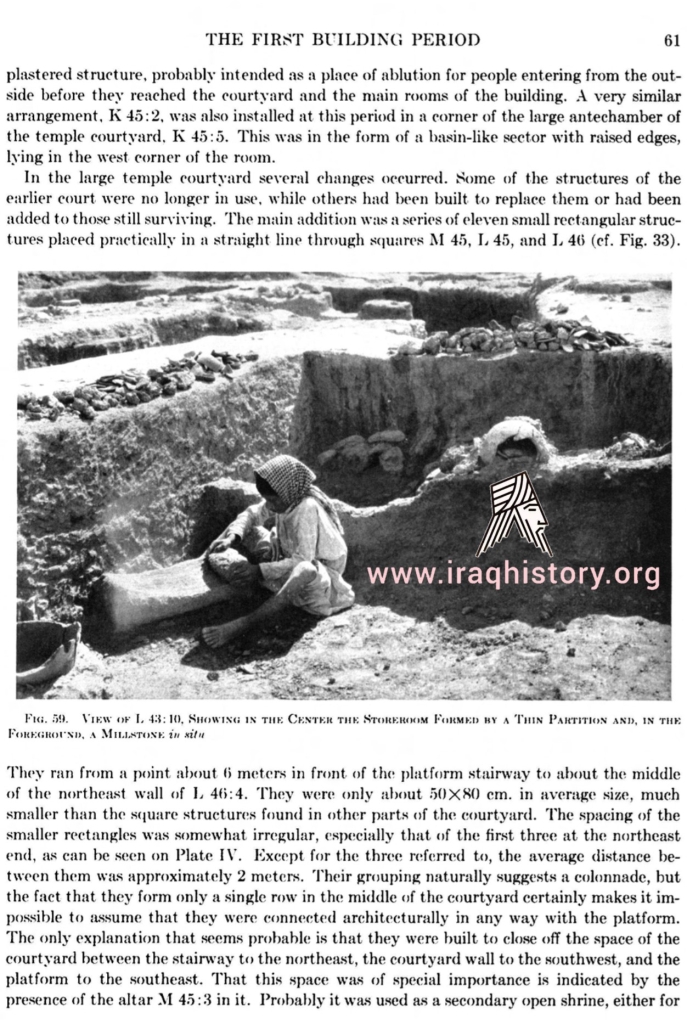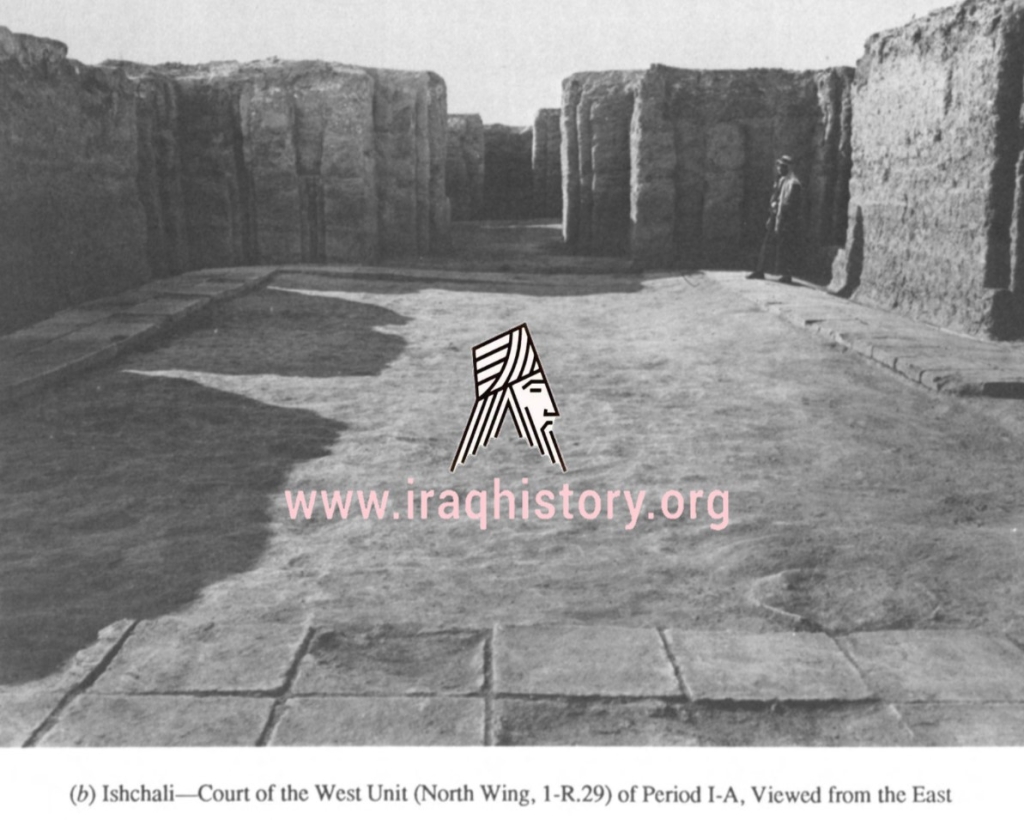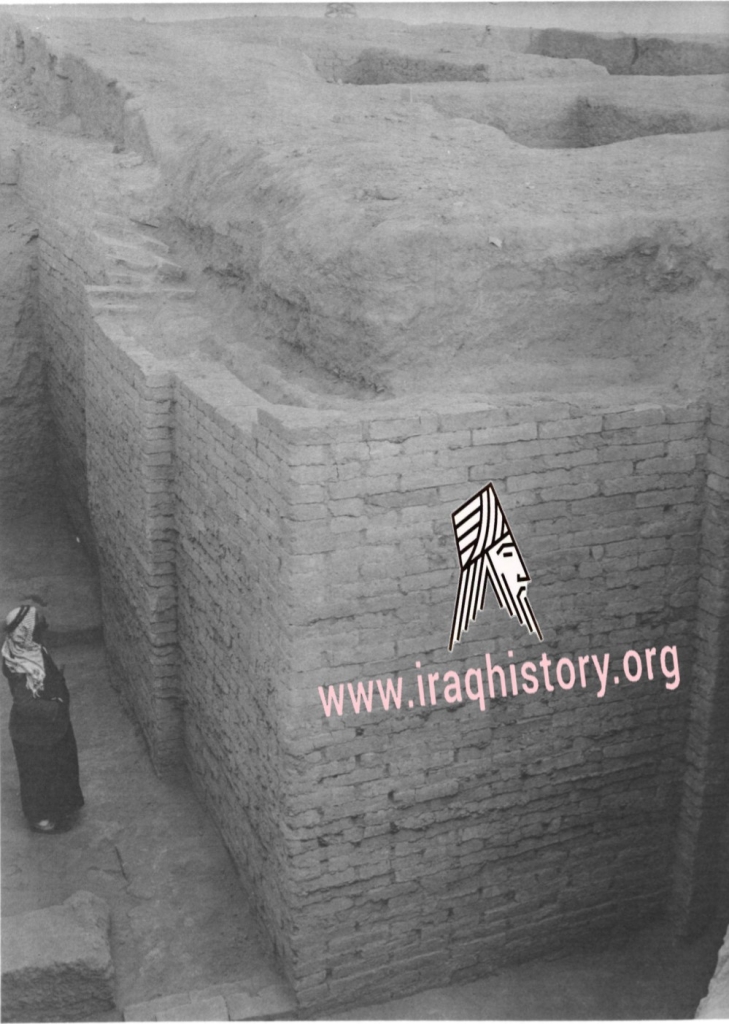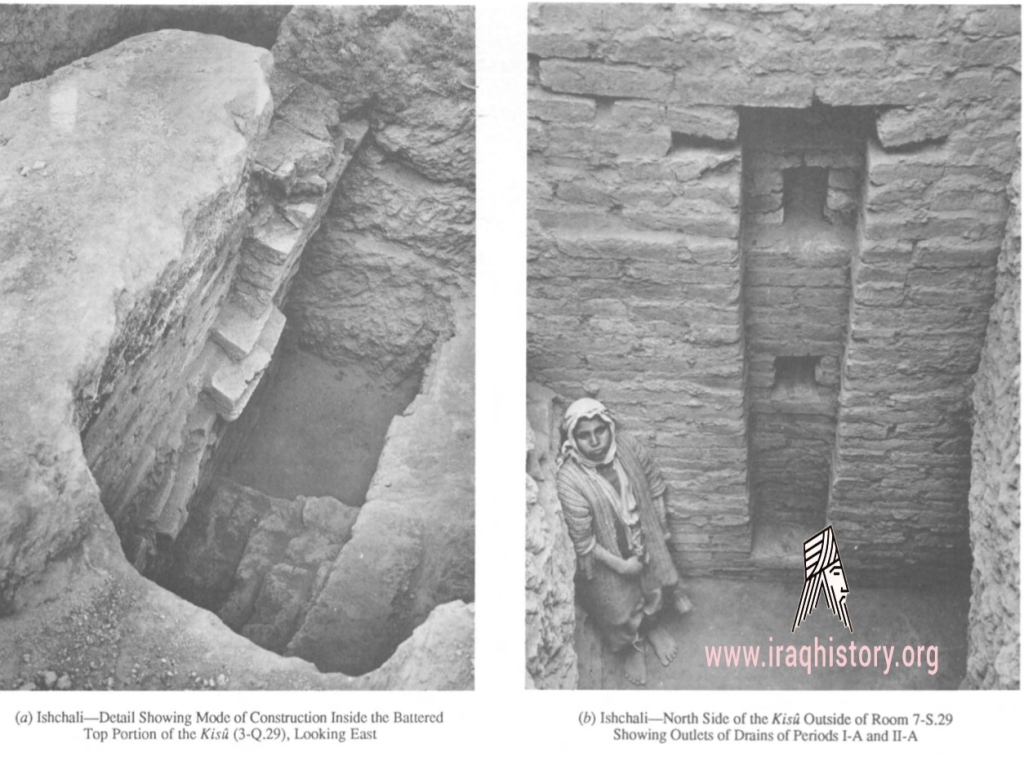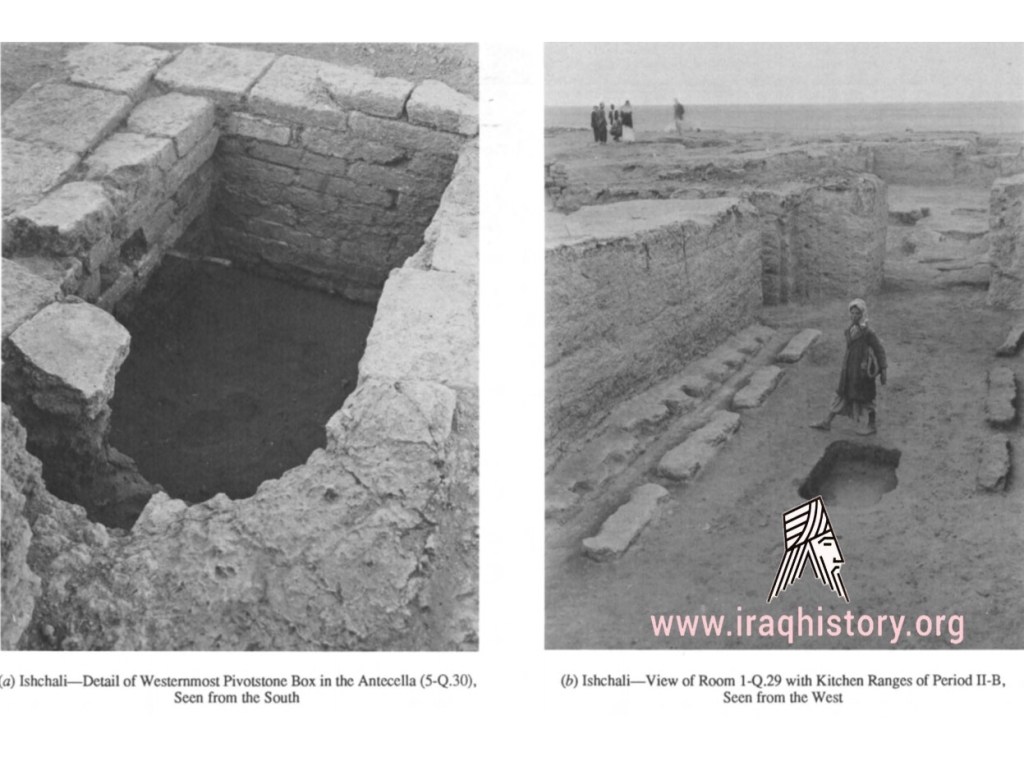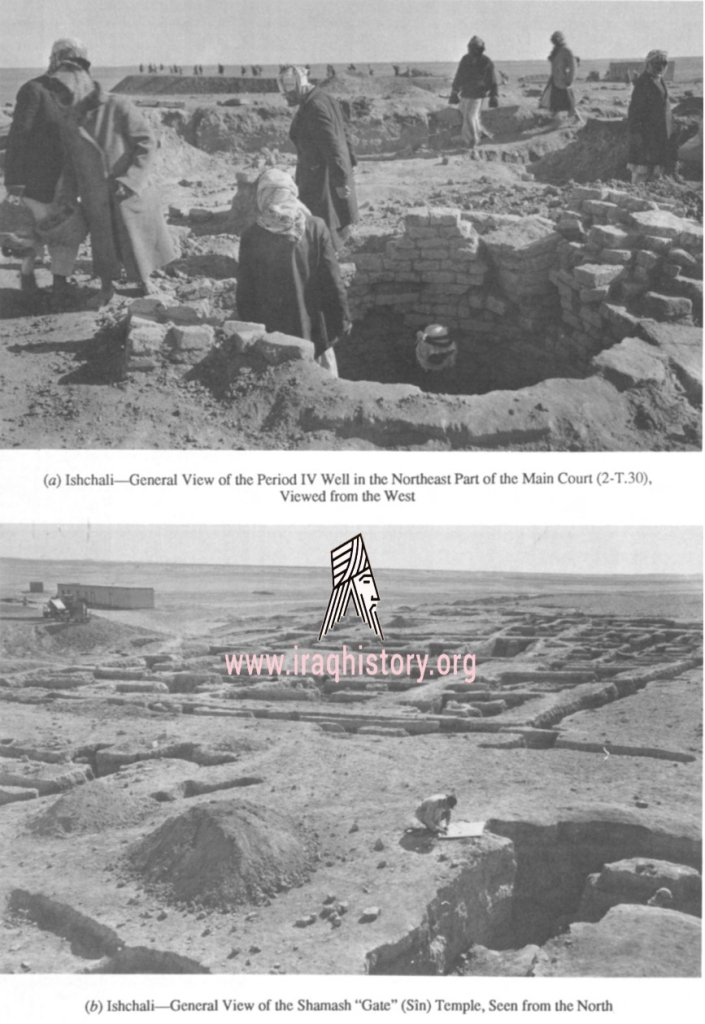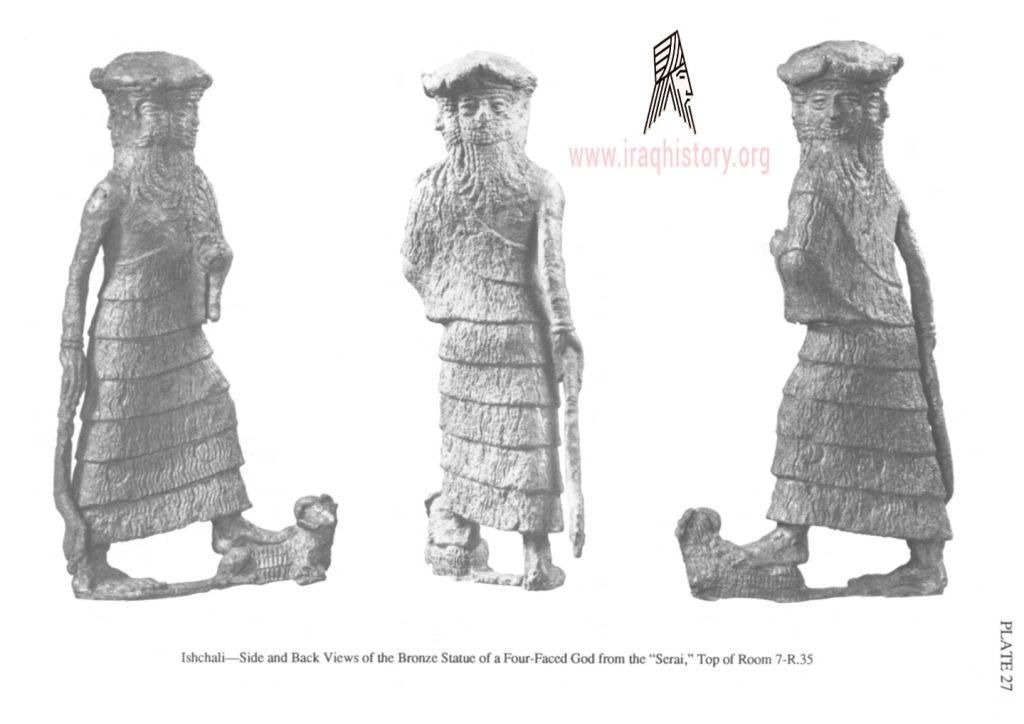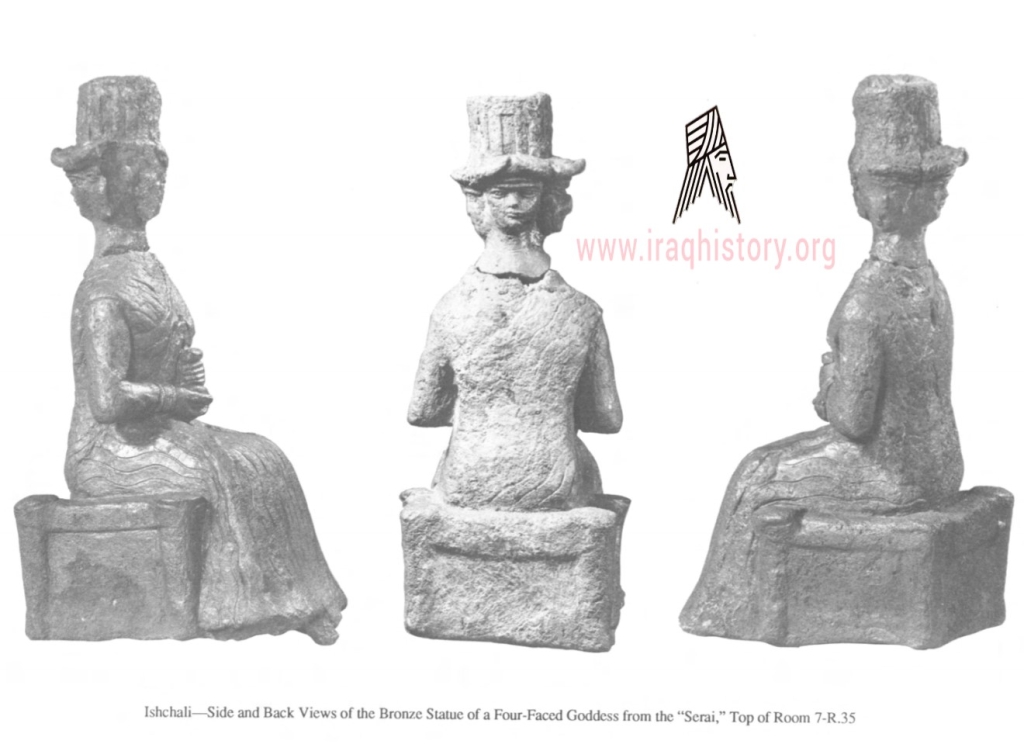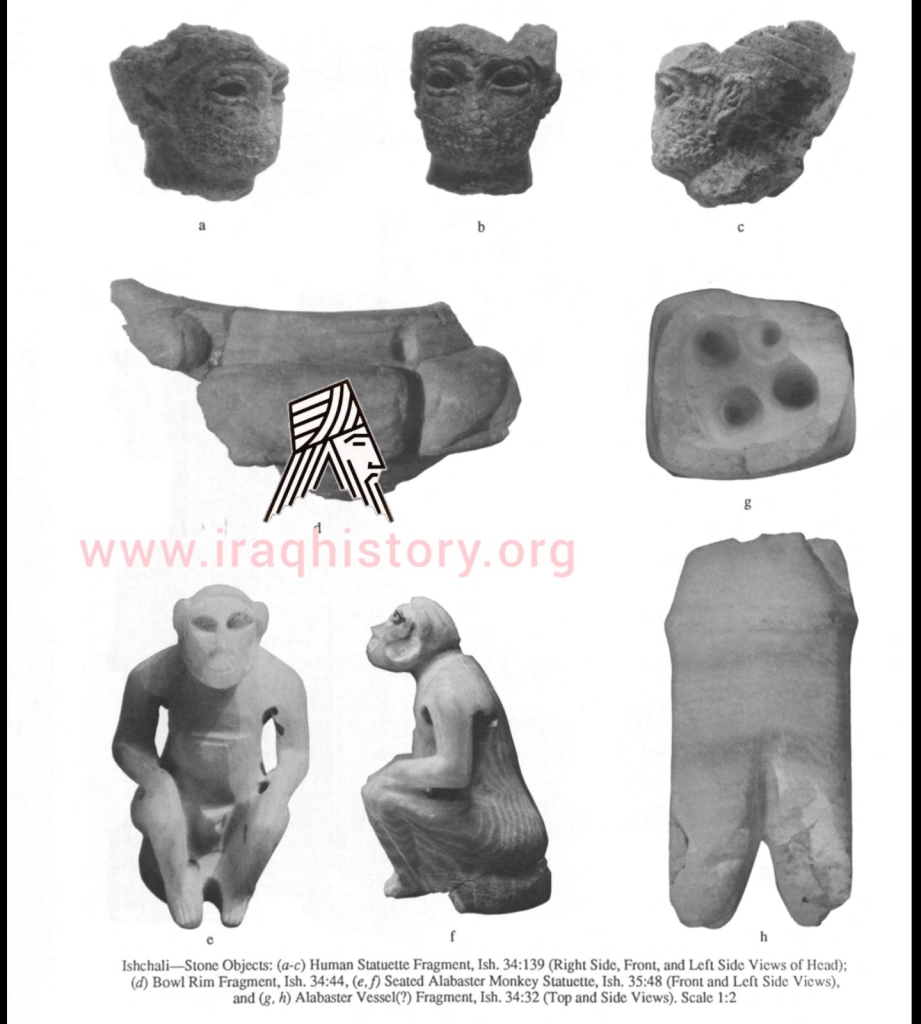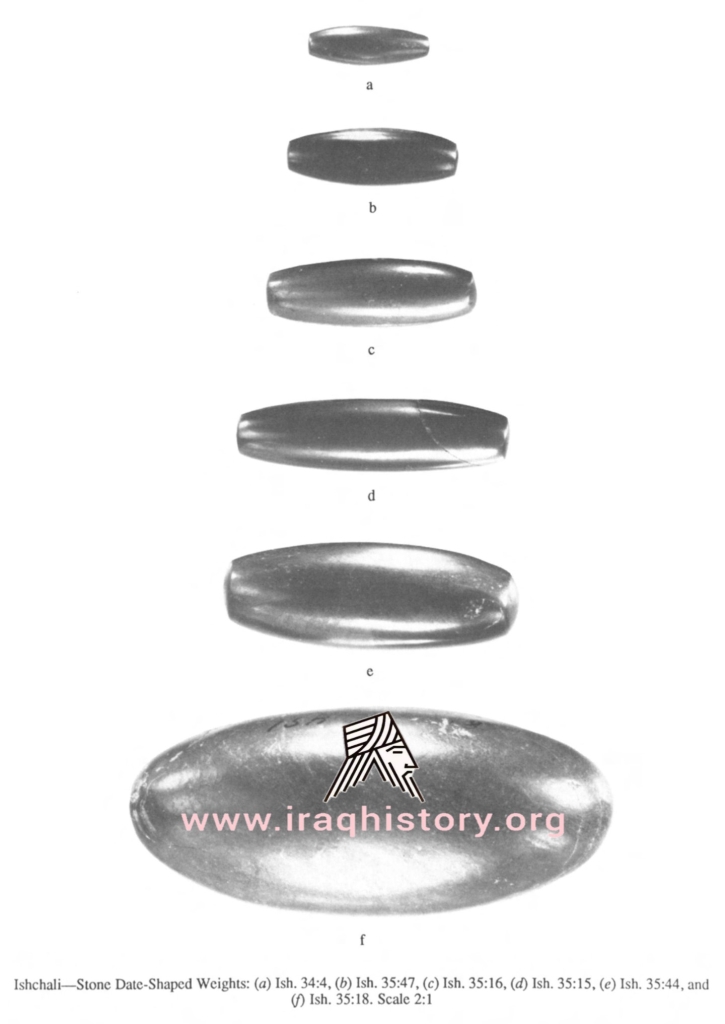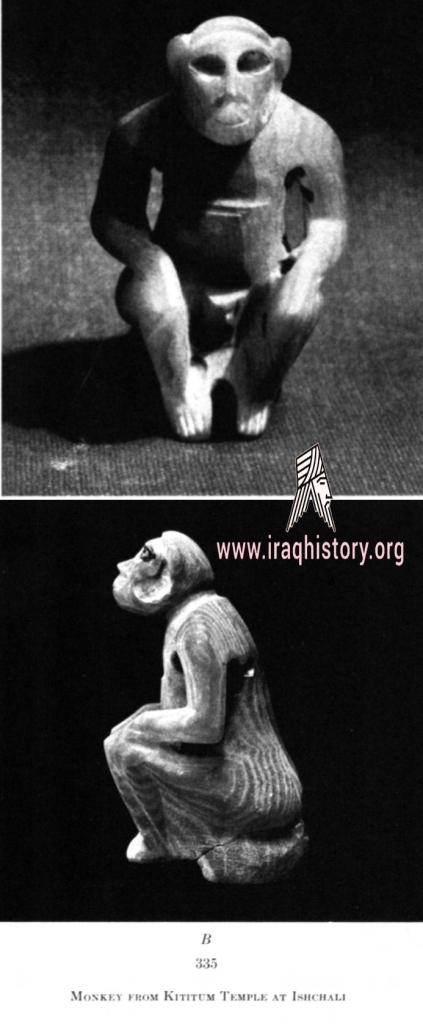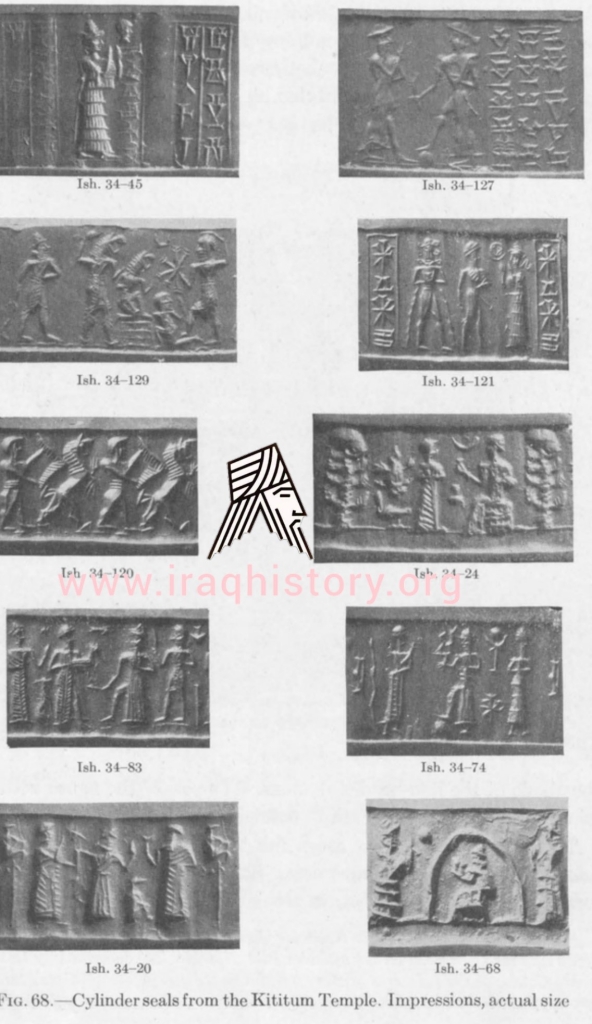In the late 1920s antique dealers in Baghdad were acquiring large quantities of unusual, high quality artifacts from the desert east of the Diyala River, just north of its confluence with the Tigris. In 1929 the Oriental Institute at the University of Chicago obtained a concession to excavate the area James Henry Breasted (1865–1935), the founder of the institute, invited the Dutch Archeologist Henri Frankfort (1897–1954) to lead the expedition.
Between 1930 and 1937 Frankfort and his team conducted extensive horizontal and vertical excavations on four mounds: Khafajah, Tell Asmar (ancient Eshnunna), Tell Agrab, and Ishchali.[2] They uncovered temples, palaces, administrative buildings, and houses ranging in date from about 3100 to 1750 B.C. The hundreds of artifacts recovered from the stratified ruins of these ancient civic structures greatly enhanced understanding of Early Dynastic periodization.
The Tell Asmar discoveries :
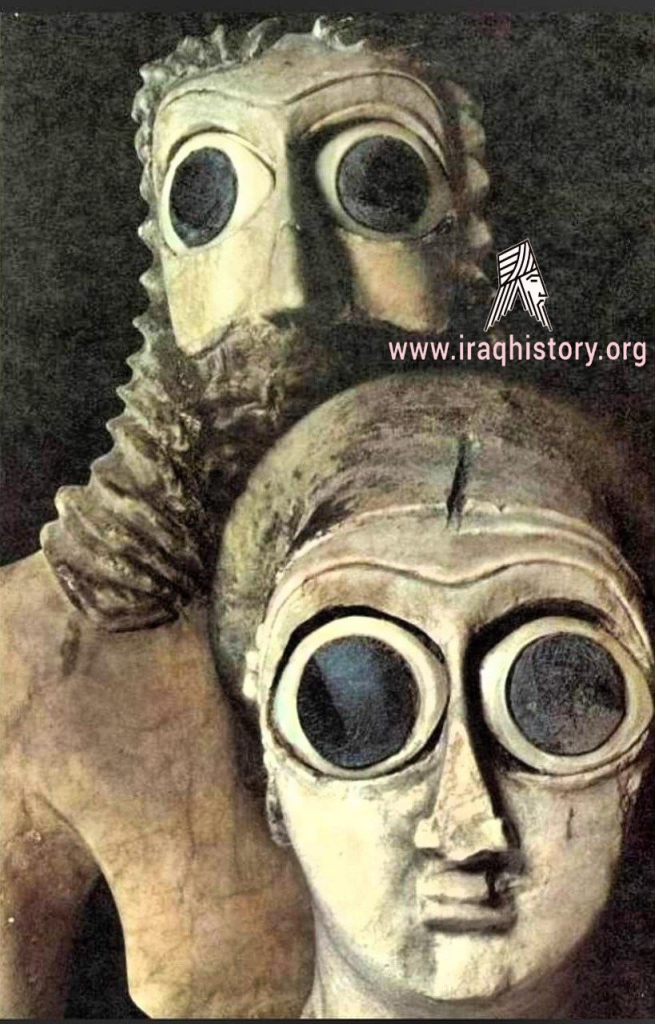
The Tell Asmar Hoard (Early Dynastic I-II ca. 2900–2550 BC) are a collection of twelve statues unearthed in 1933 at Eshnunna (modern Tell Asmar) in the Diyala Governorate of Iraq. Despite subsequent finds at this site and others throughout the greater Mesopotamian area, they remain the definitive example of the abstract style of Early Dynastic temple sculpture (2900 BC–2350 BC)
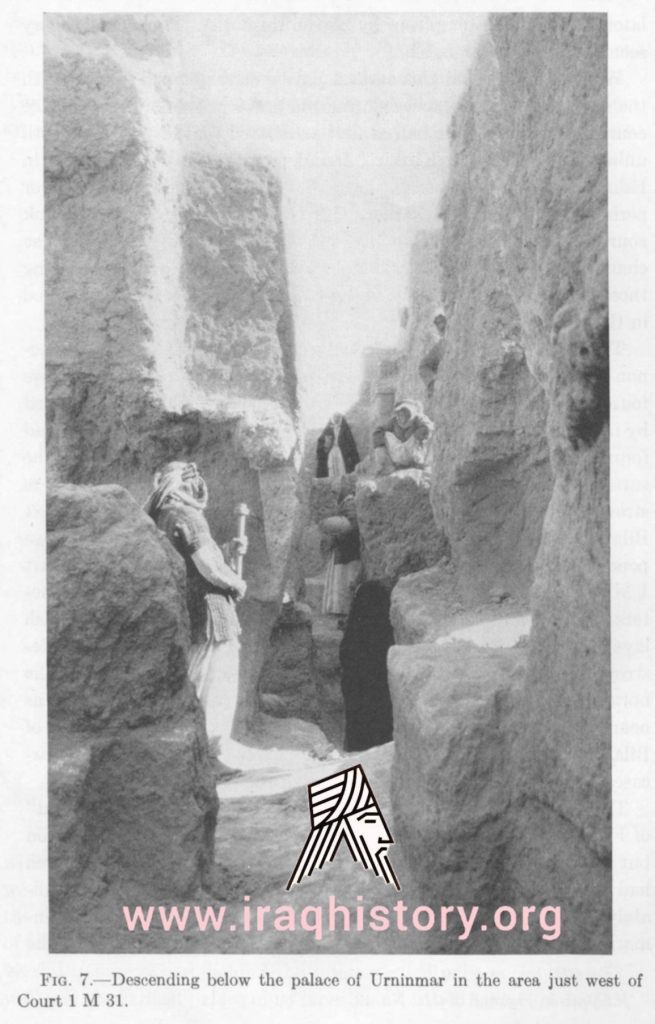

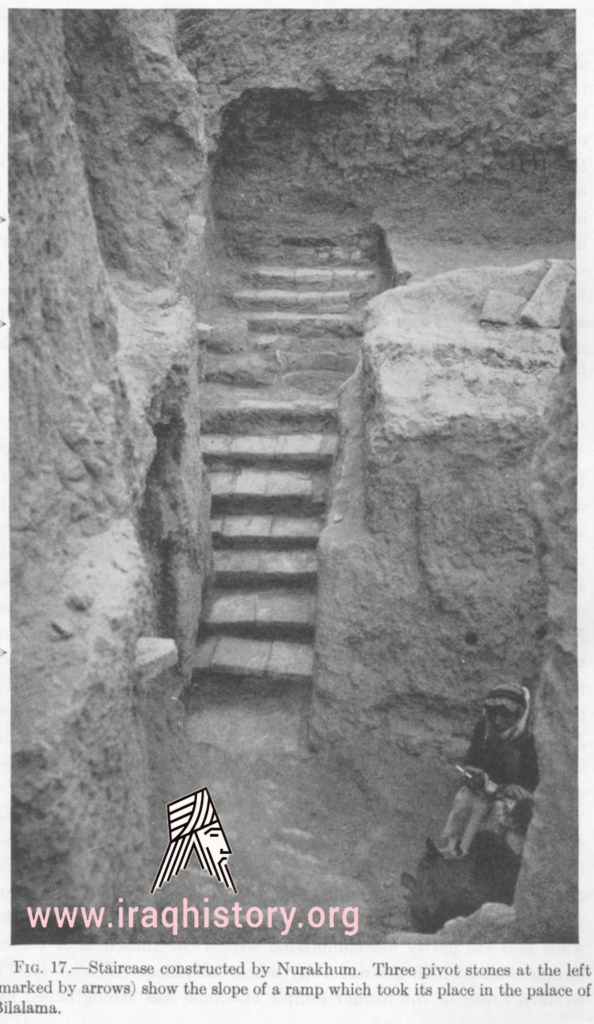
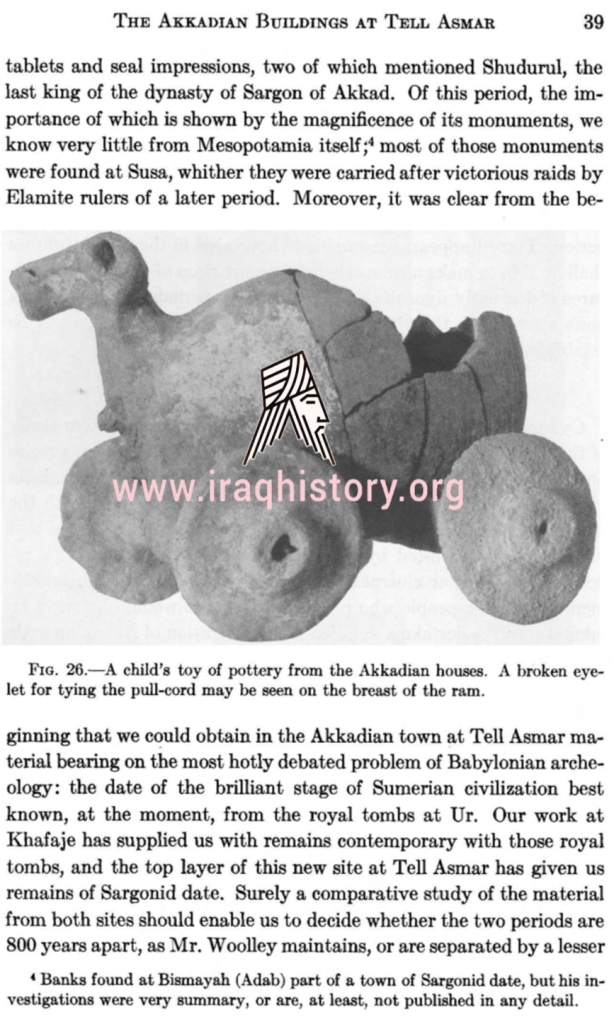
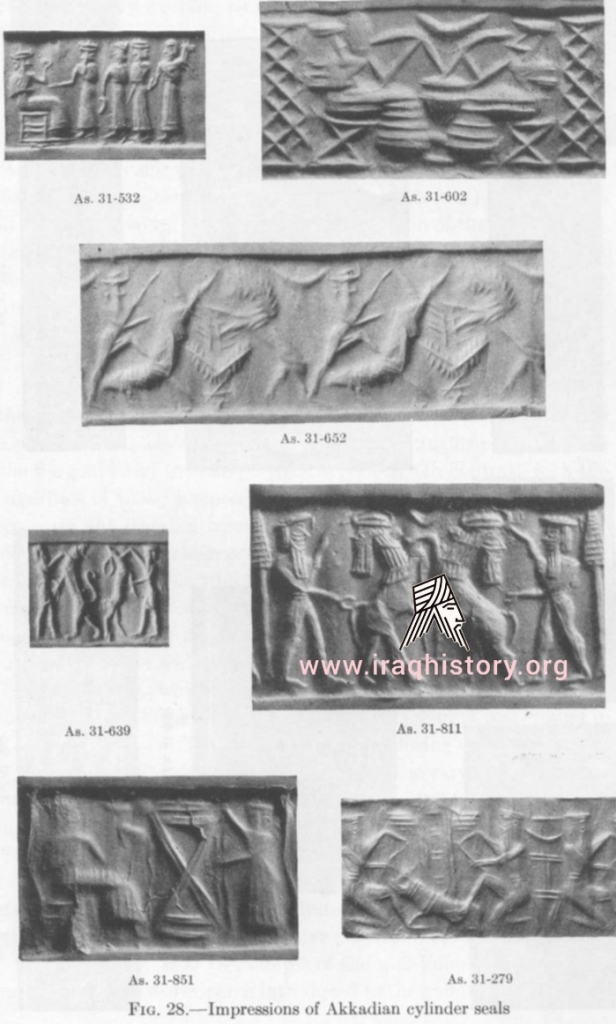
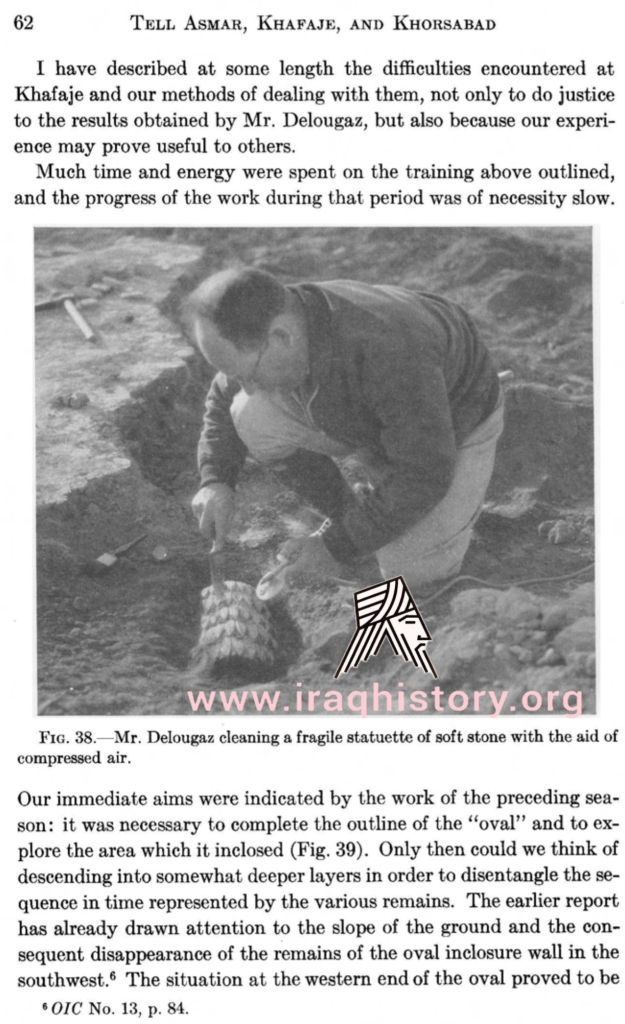
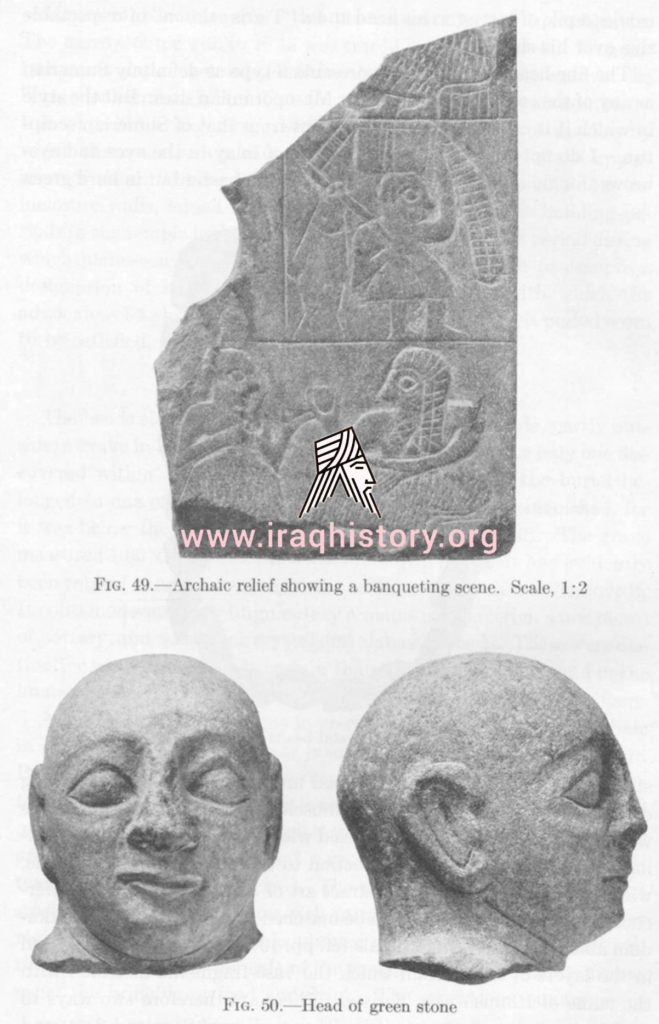


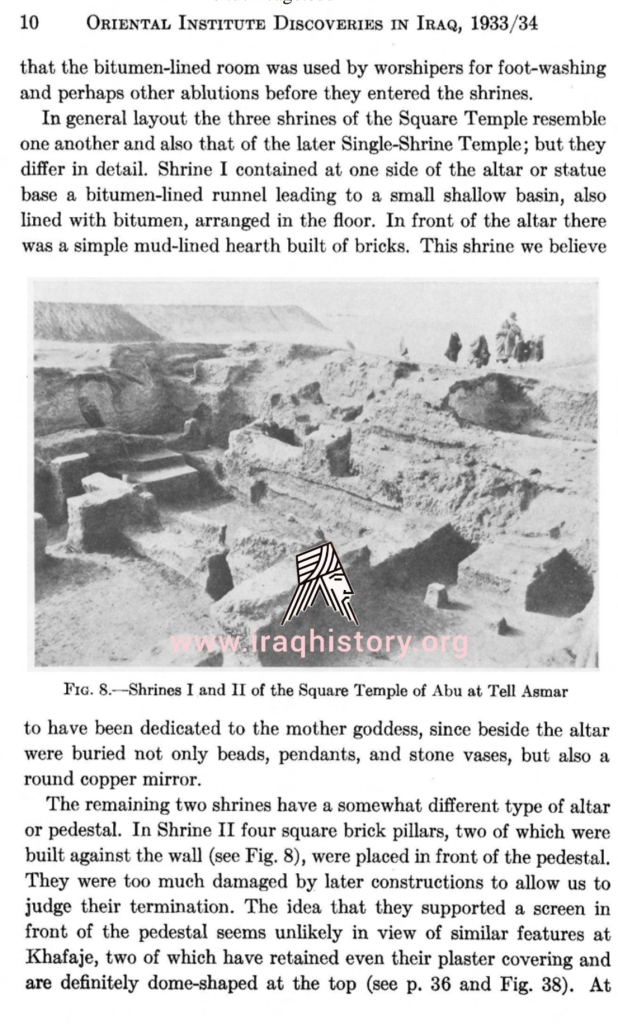
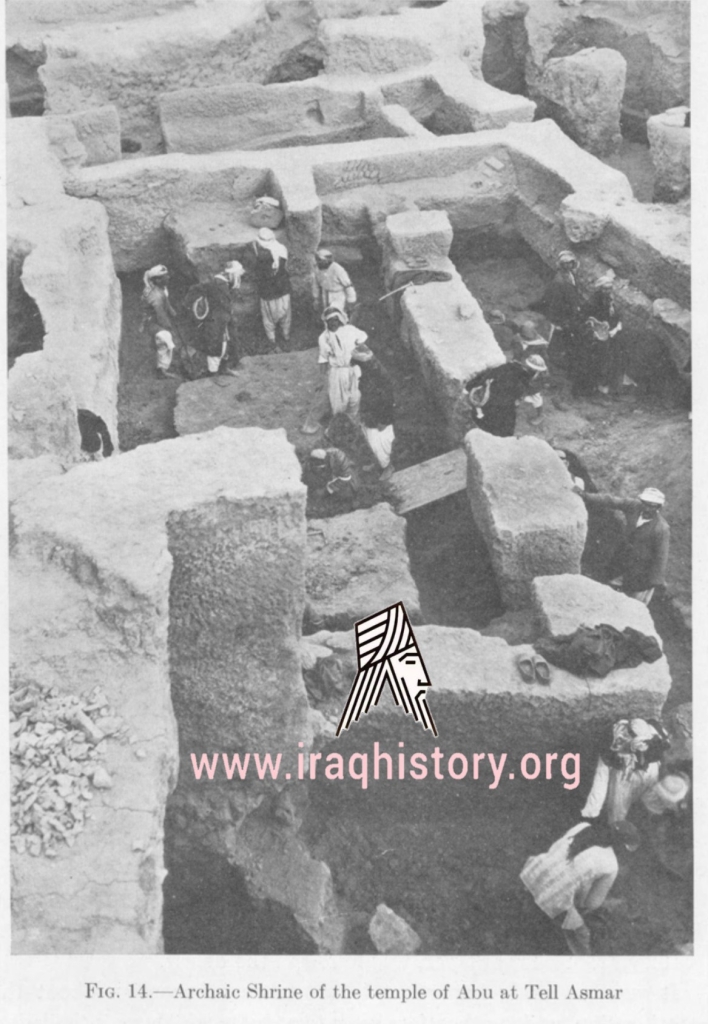
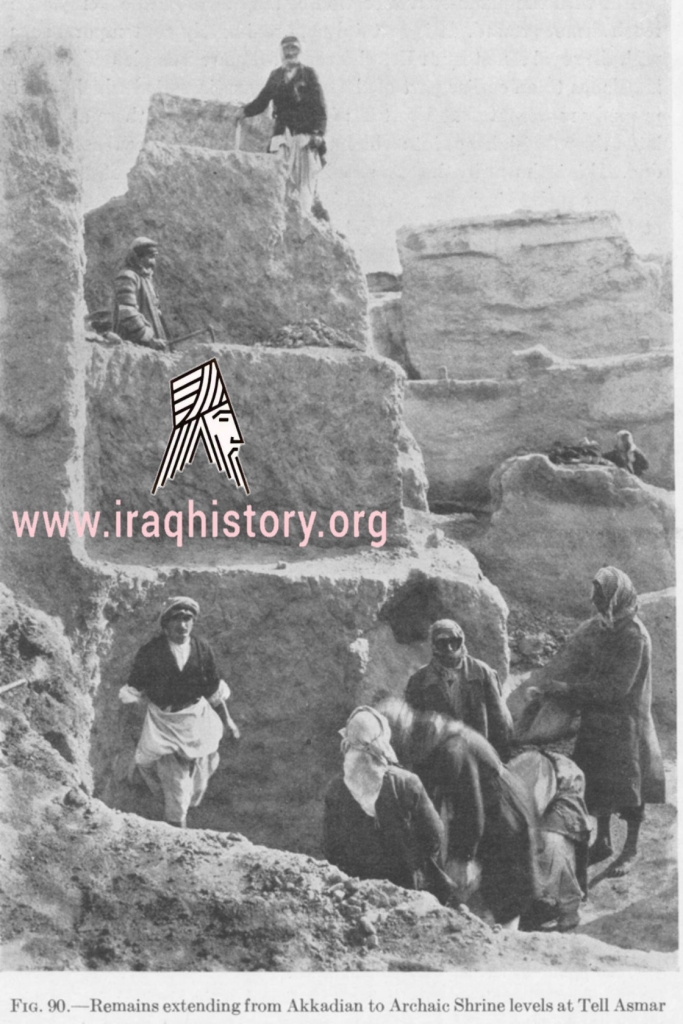
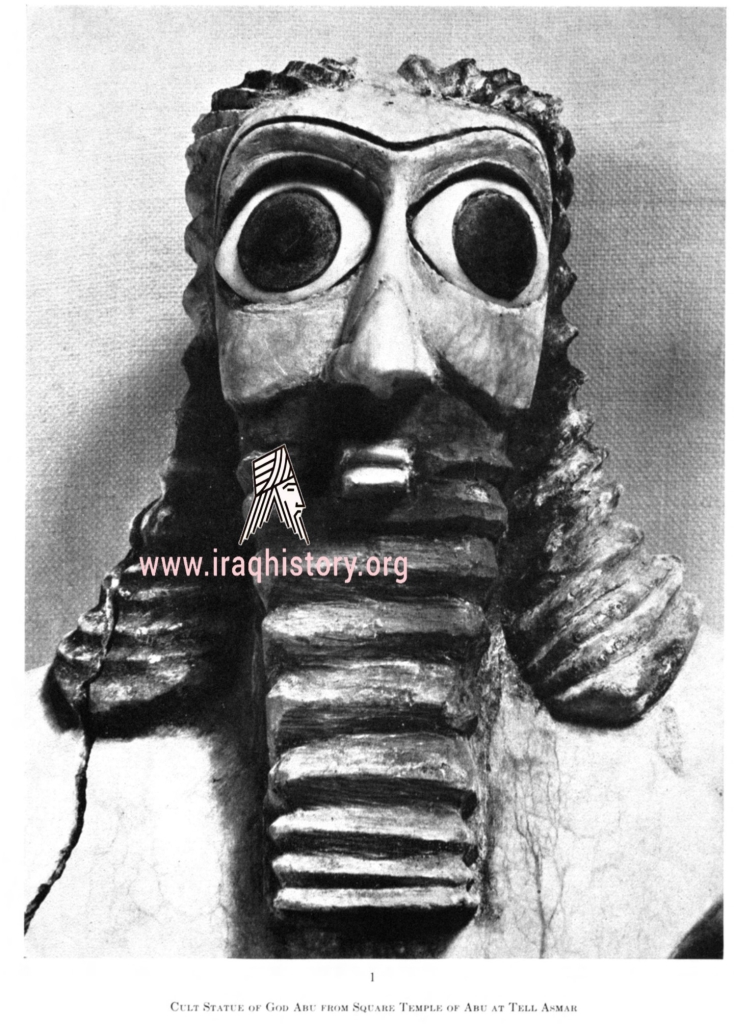
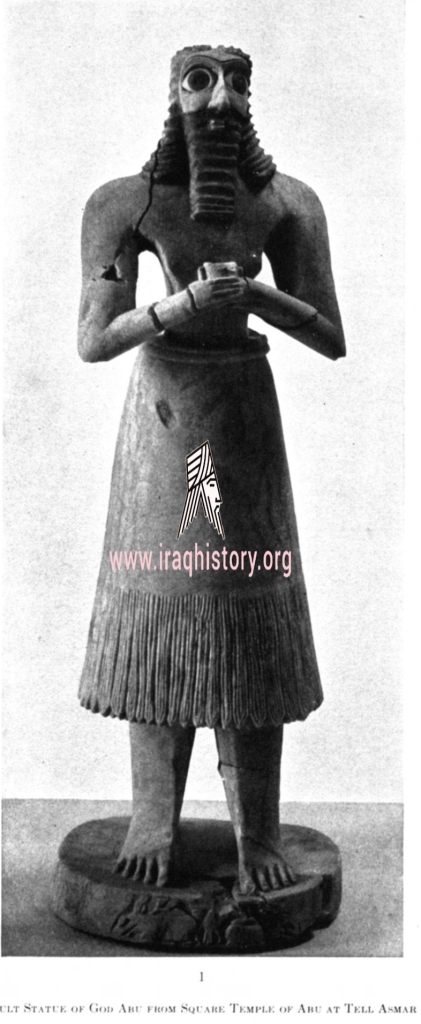
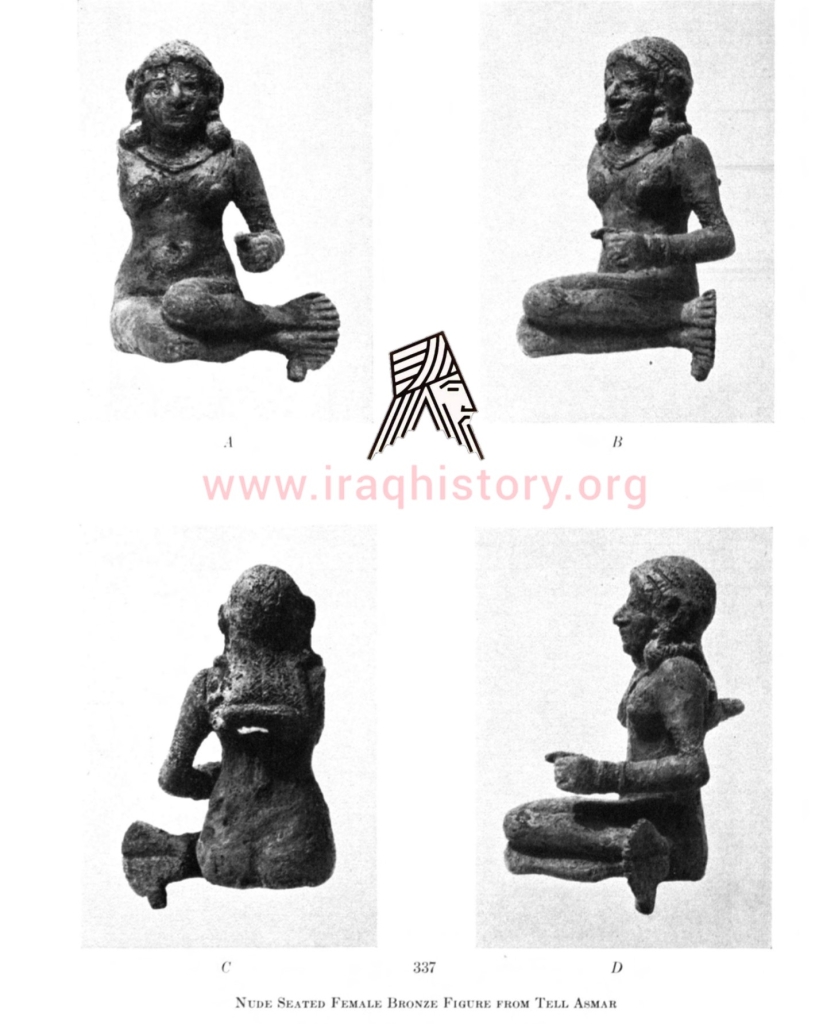
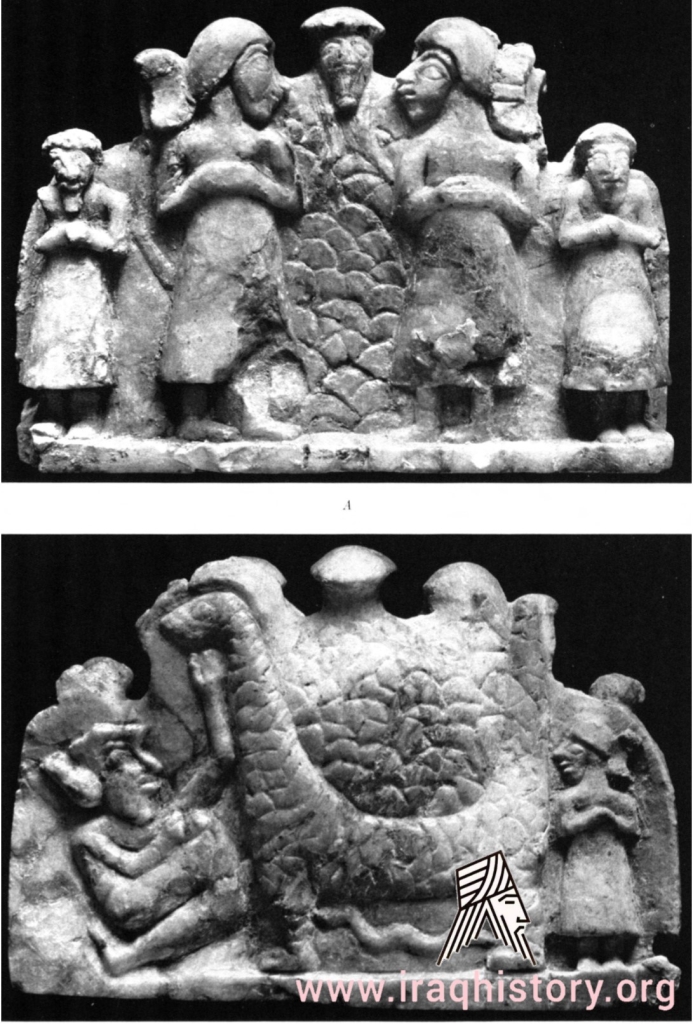
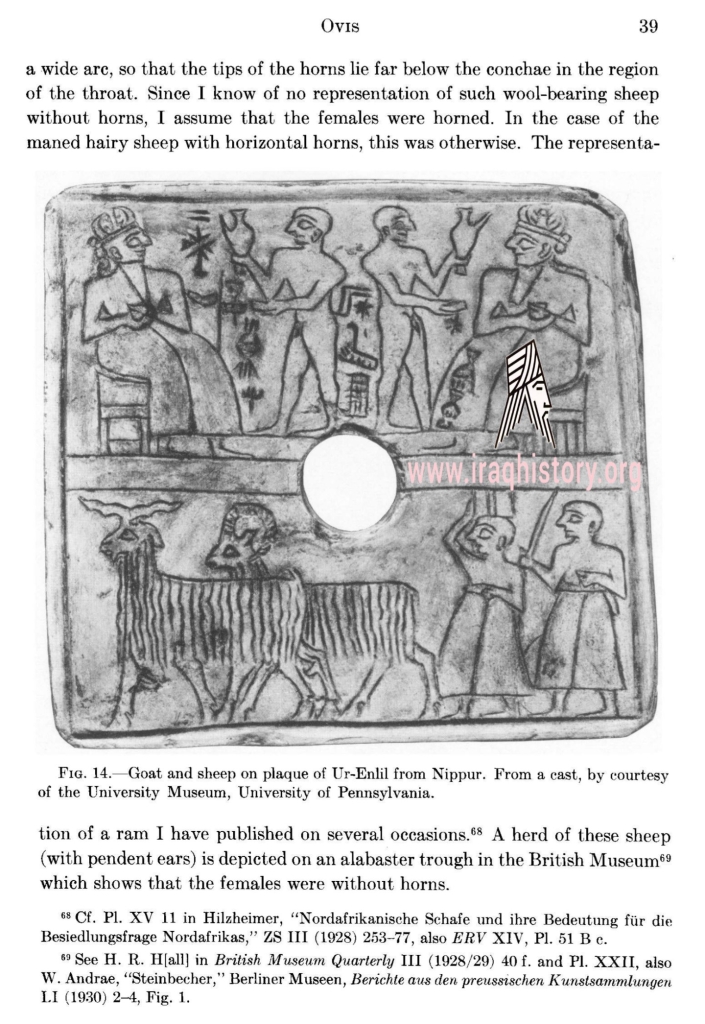
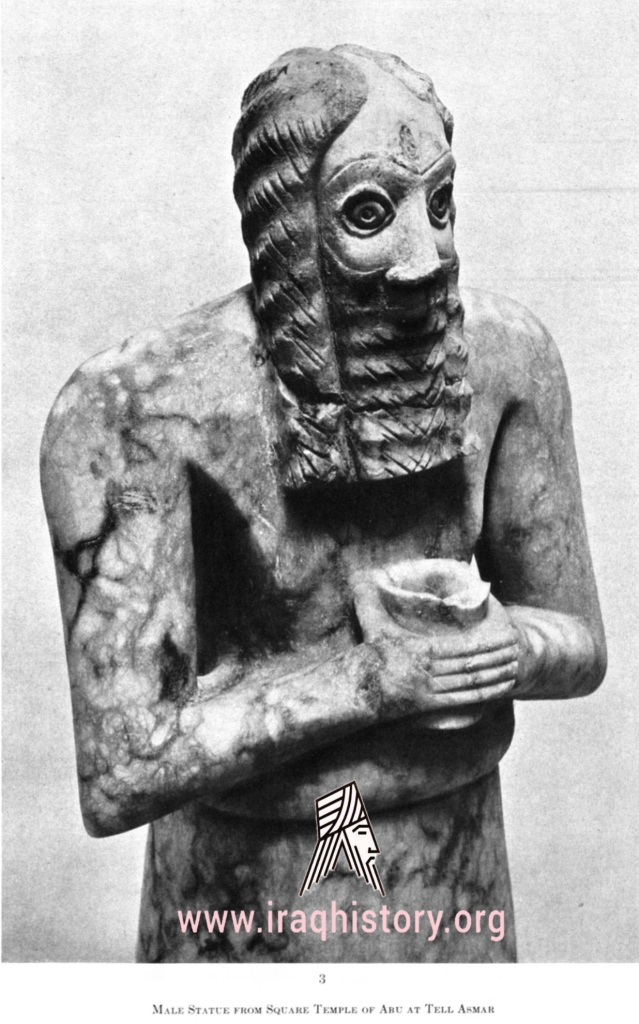


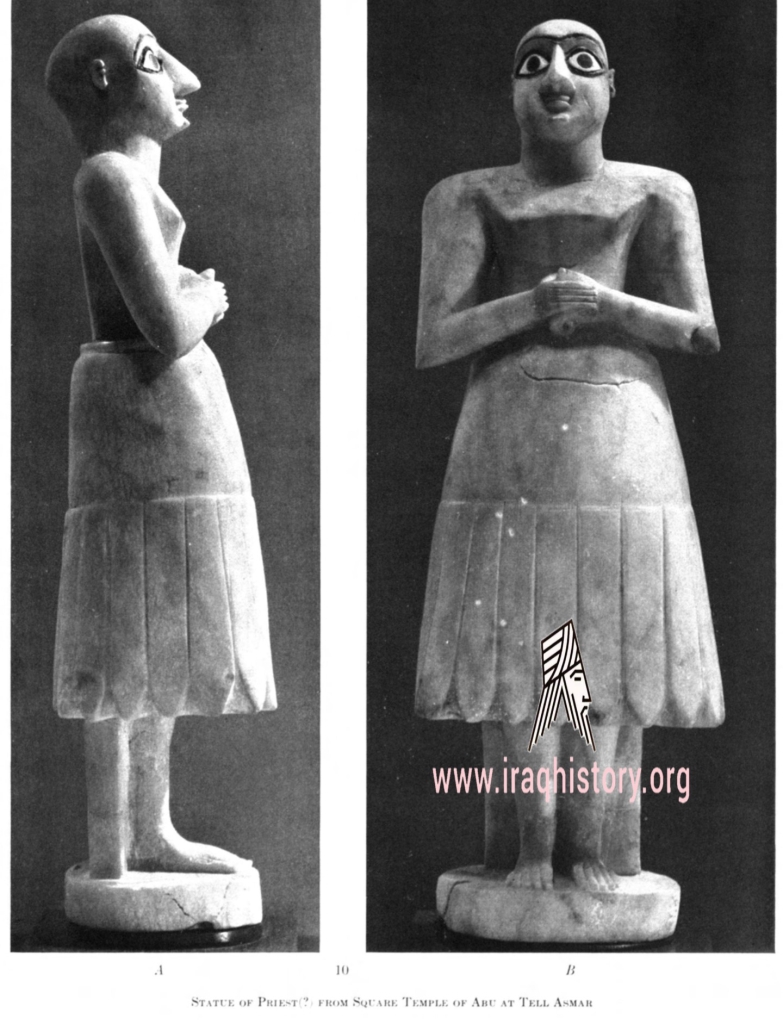
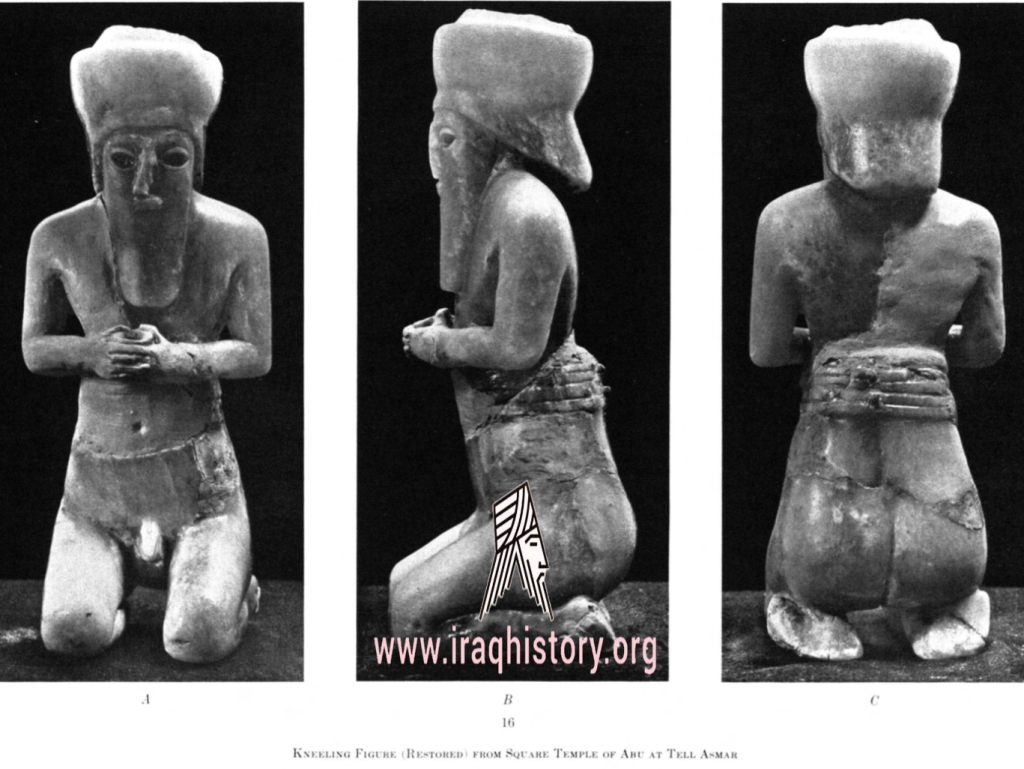
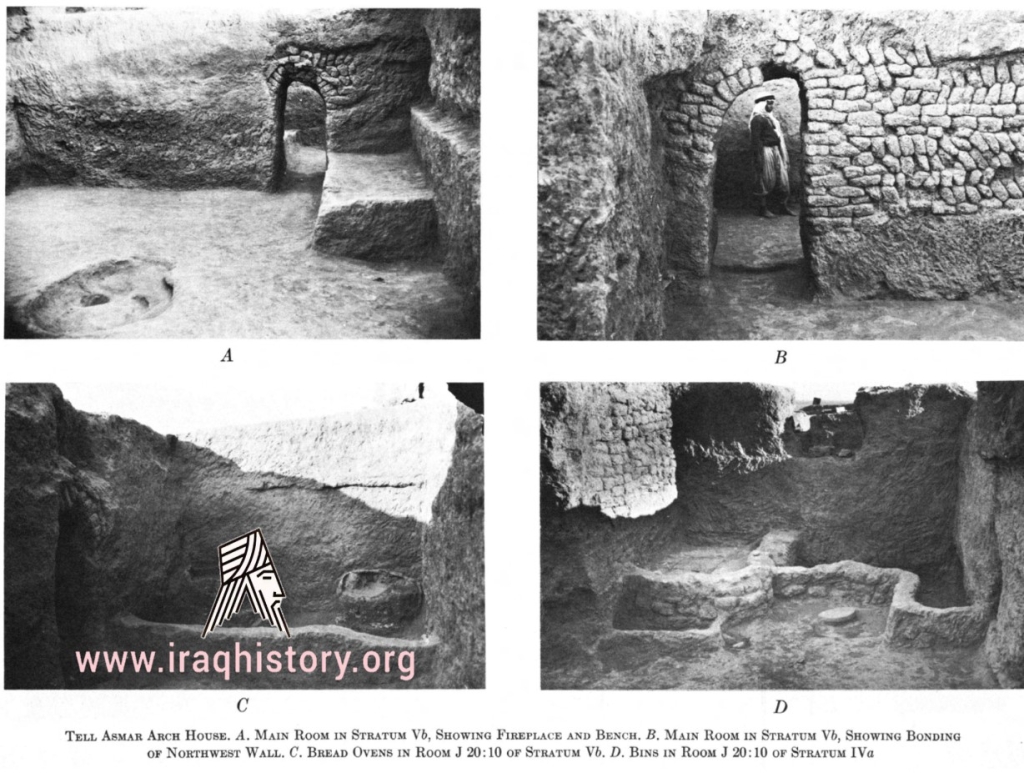
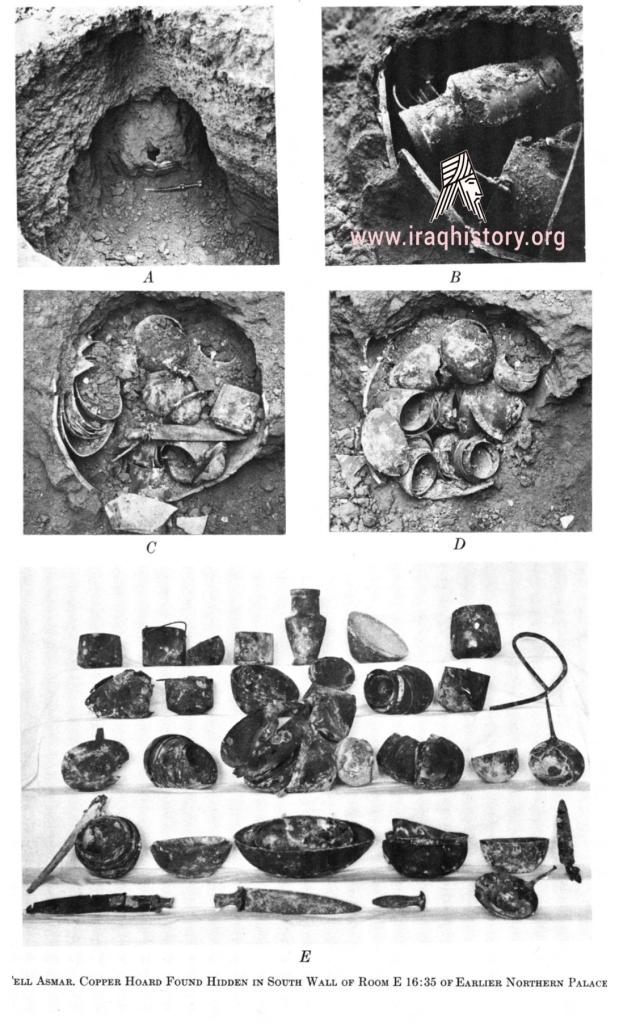
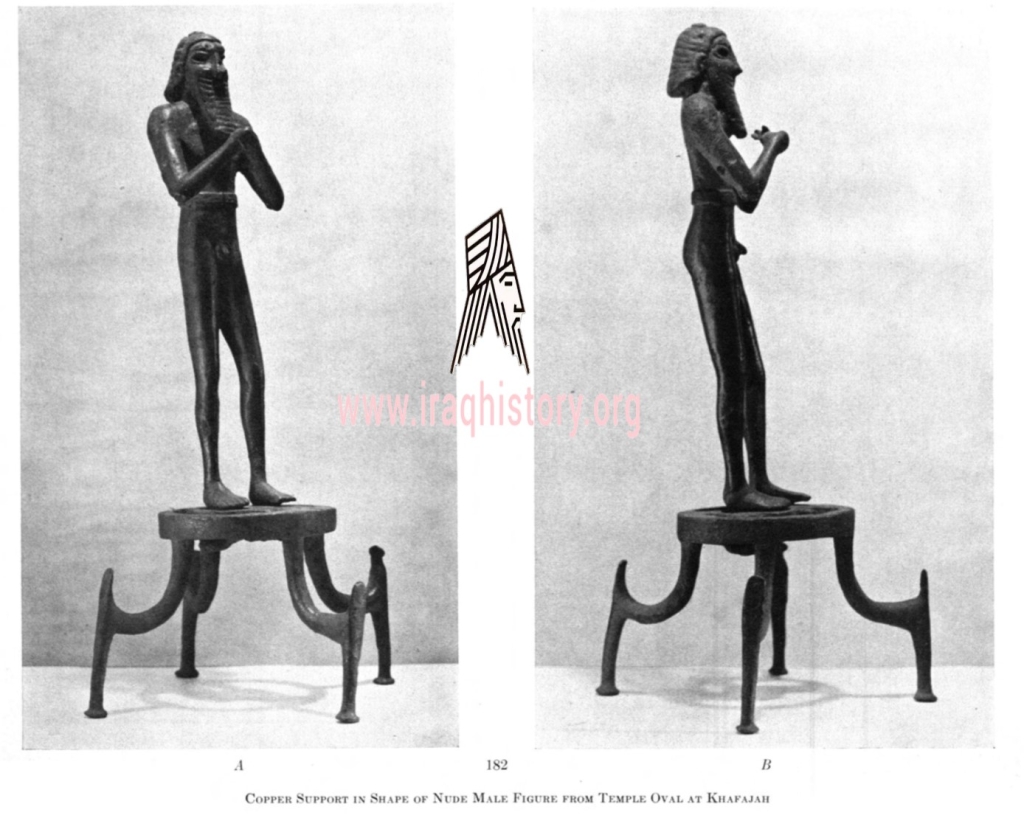
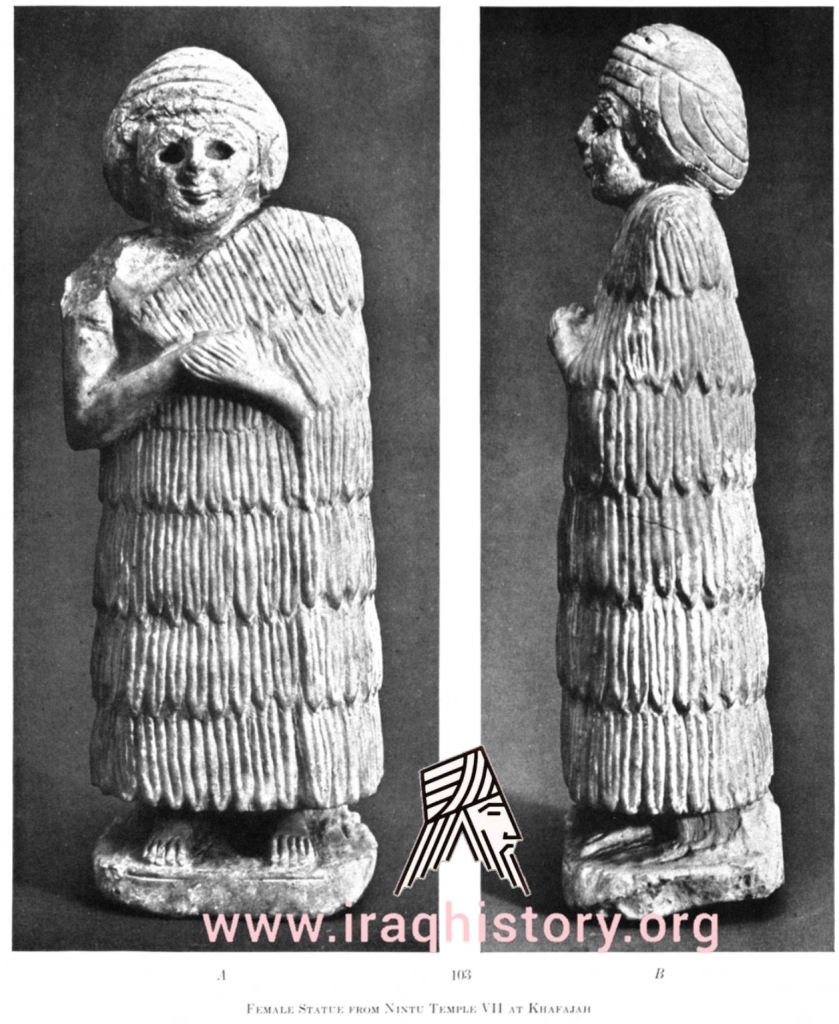
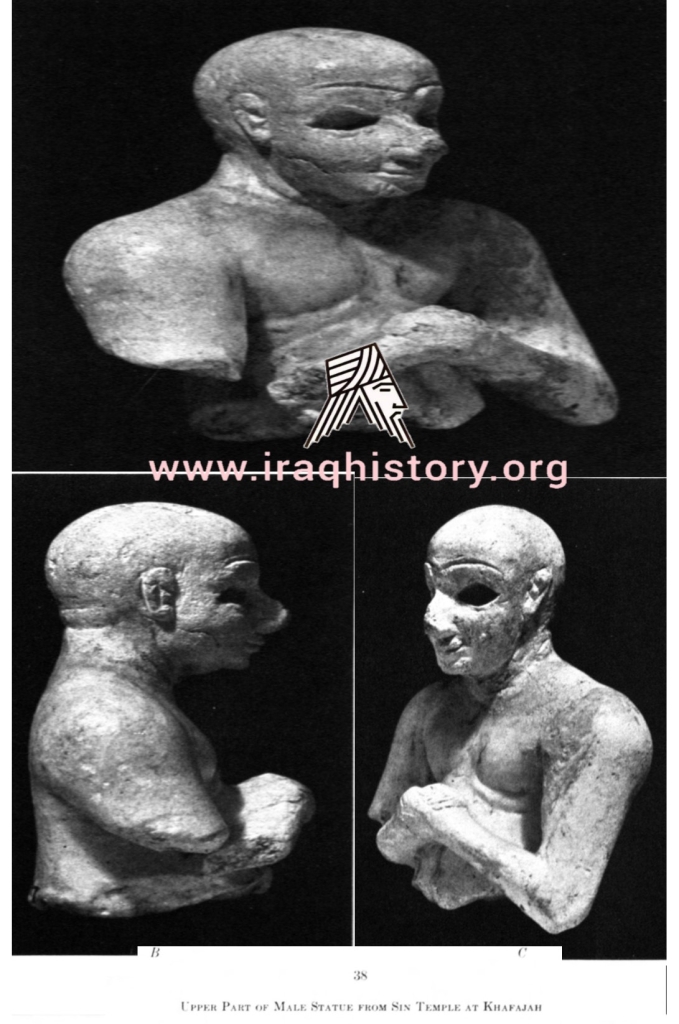
Khafajah
was excavated for 7 seasons between 1930 and 1937 by an Oriental Institute of Chicago team led by Henri Frankfort with Thorkild Jacobsen, Conrad Preusser and Pinhas Delougaz.For two seasons, in 1937 and 1938, the site was worked by a joint team of the American Schools of Oriental Research and the University of Pennsylvania led by Delougaz. They worked primarily in the Nintu temple on mound A (along with the cemetery to the east and northeast of the temple) and with soundings on mound B.[[ Among the small finds at the site was an Akkadian period die. and a terracotta incantation bowl written in “typical Jewish Babylonian Aramaic of the Sasanian period”
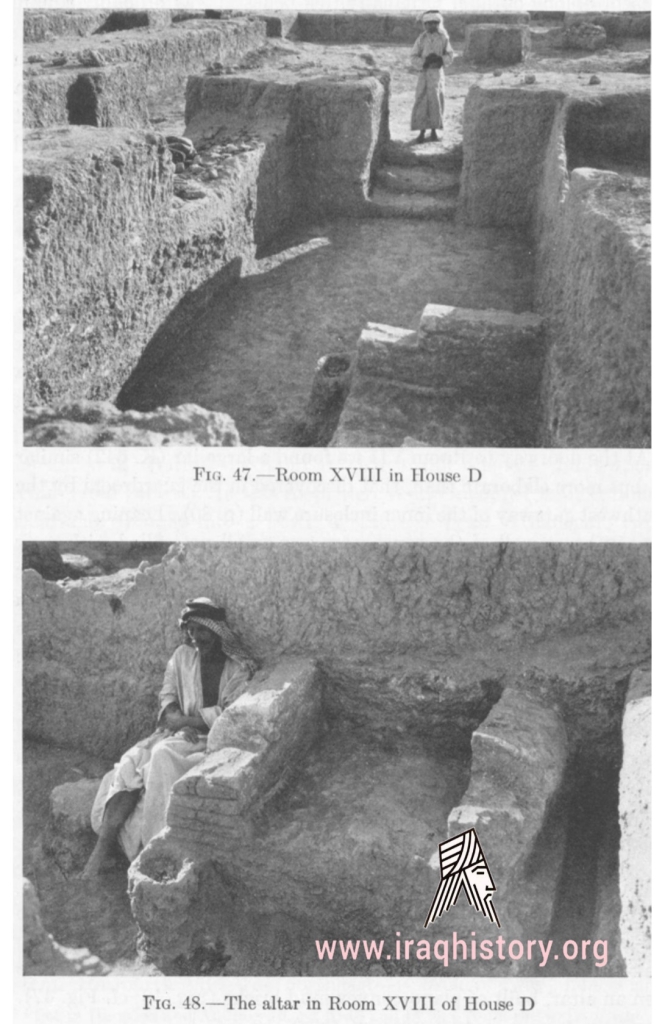
The main one, Mound A, extends back as far as the Uruk period and contained a large oval temple, a temple of the god Sin, and a small temple of Nintu (where a bearded cow statue was found), dating back to the Jemdet Nasr and Early Dynastic periods. An early radiocarbon date for the first level of the Sin Temple returned a corrected date of 4963 BC which is thought to be somewhat too early and possibly contaminated.[ The mound was occupied through the Akkadian Empire period and then abandoned.
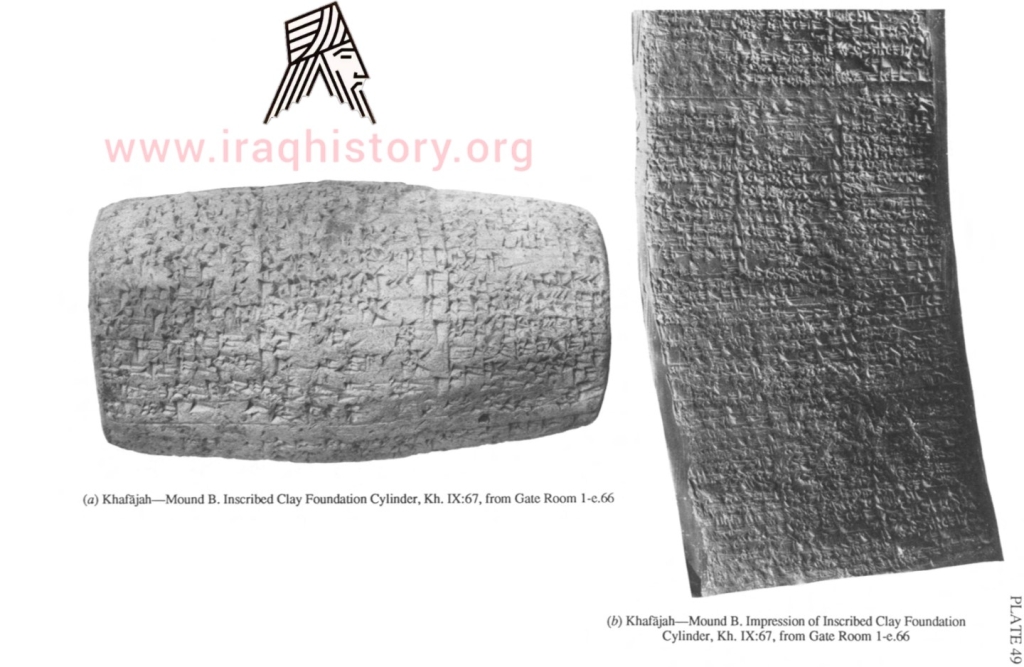
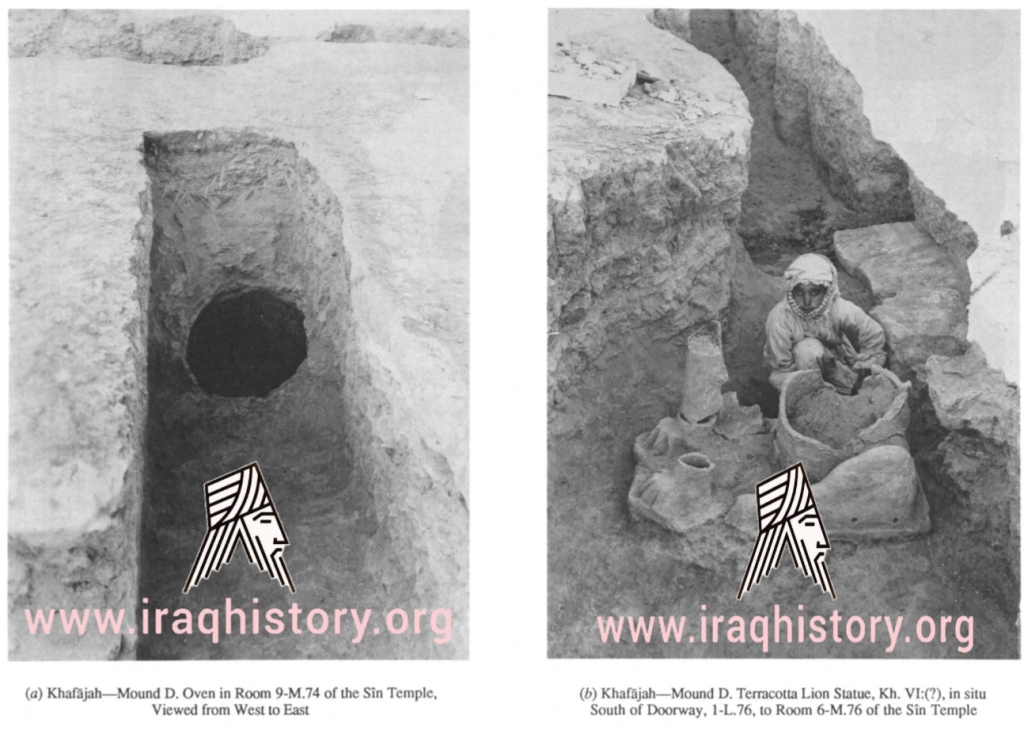
The Babylonian Dur-Samsuiluna fort, built during the reign of ruler Samsu-iluna (c. 1750–1712 BC), was found on mound B with signs of Hurrian occupation also found there.[18] The fort is around 1000 square meters in area and is surrounded by a 4.7 meter wide fortification wall (with 6 meter wide buttresses every 10 to 12 meters) and was identified based on an inscribed cylinder found there. It is yet unclear if there was earlier occupation
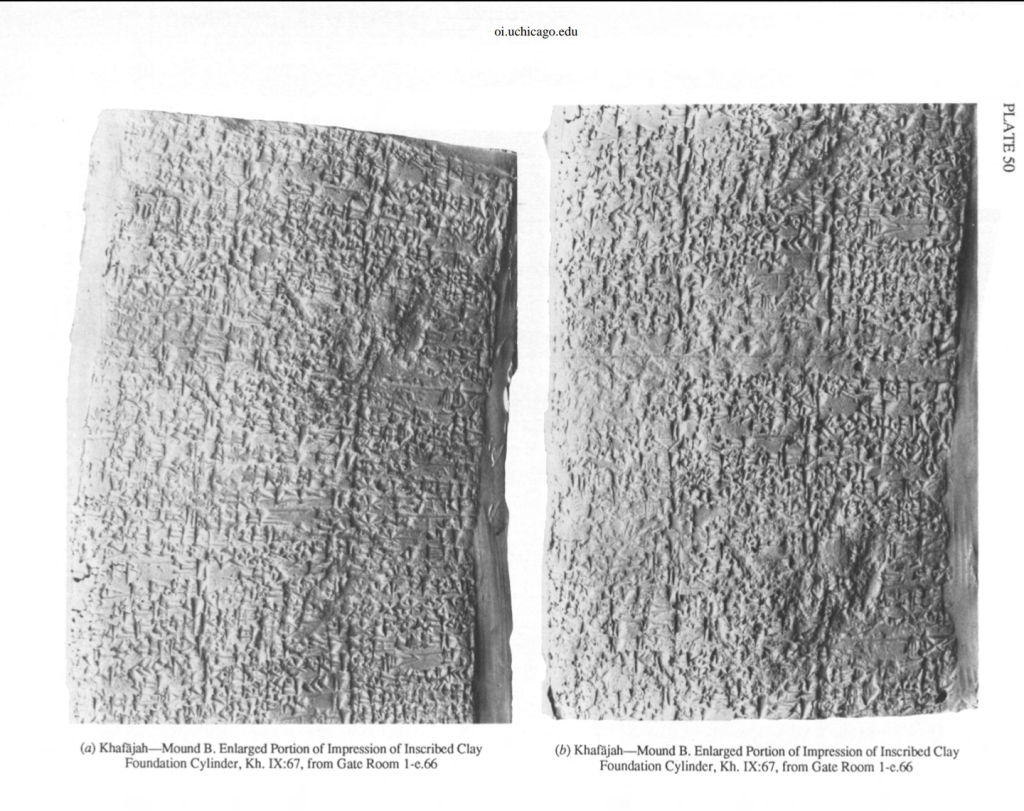
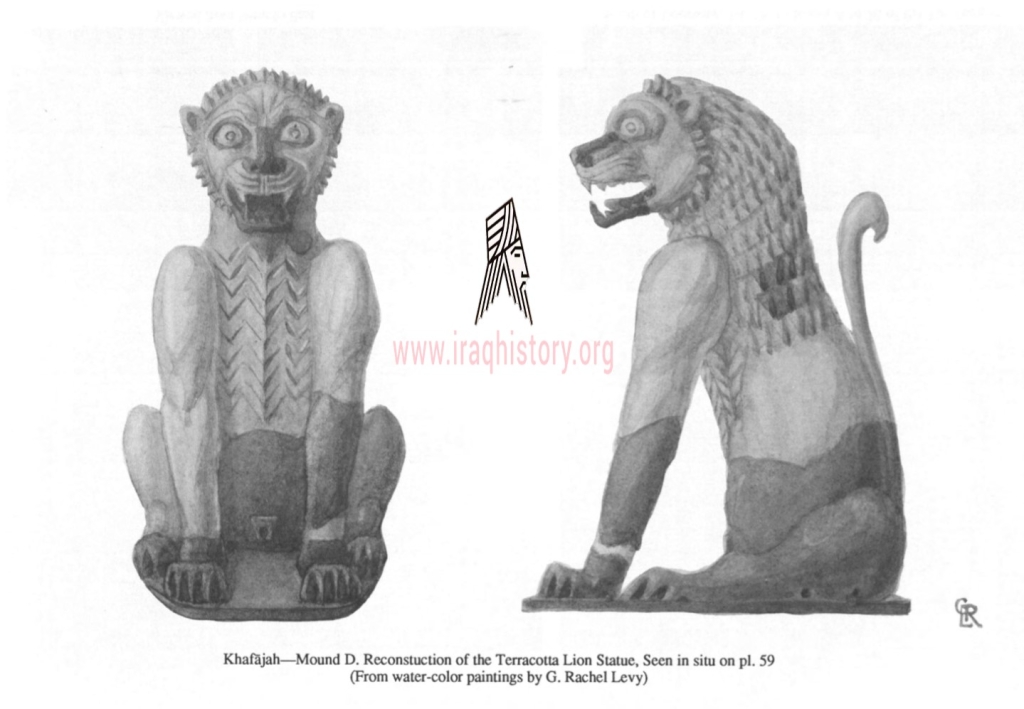
The history of Khafajah is known in somewhat more detail for a period of several decades as a result of the discovery of 112 clay tablets (one now lost) in a temple of Sin. The recovered portion of the temple archive dates from roughly 1820 BC to about 1780 BC (based on rulers named) when Tutub was for the most part controlled by Eshnunna. The tablets constitute part of an official archive and include mostly loan (generally of barley or silver) and legal documents. The Institute for the Study of Ancient Cultures (formerly the Oriental Institute of Chicago) holds 57 of the tablets with the remainder being in the Iraq Museum
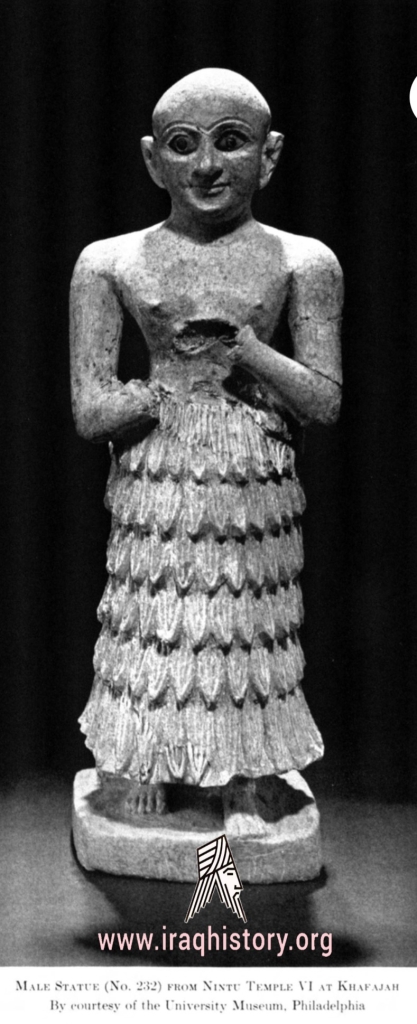
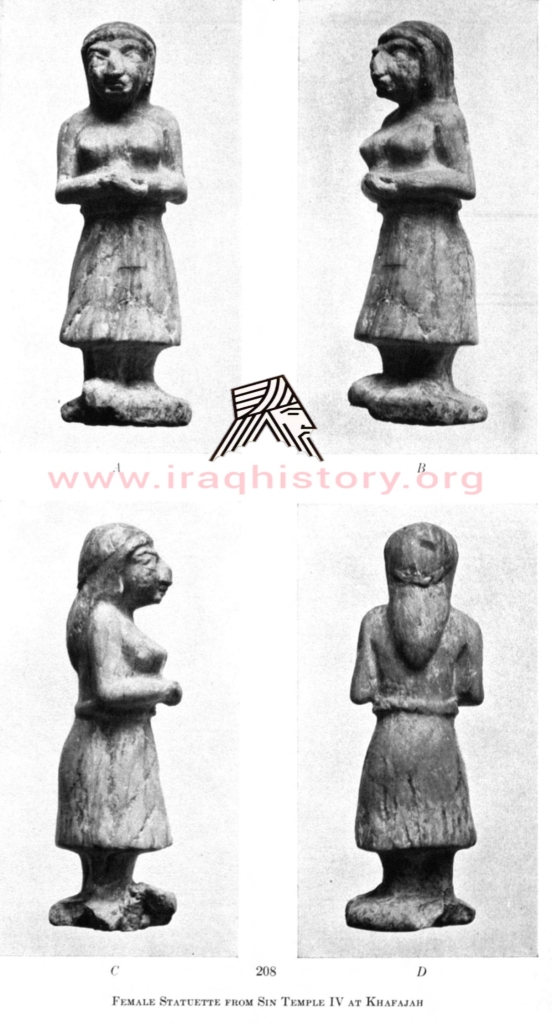
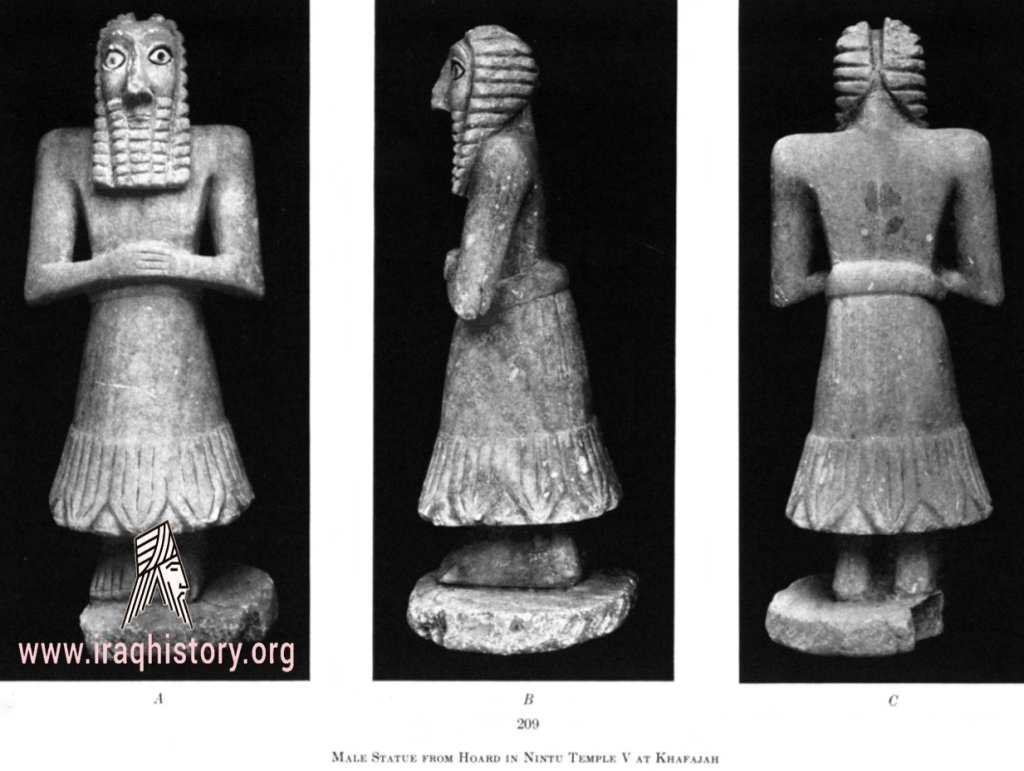
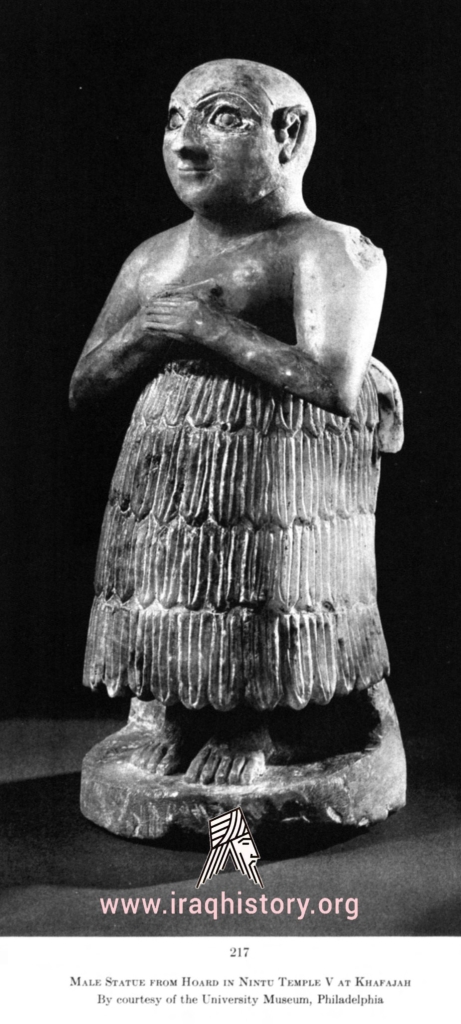
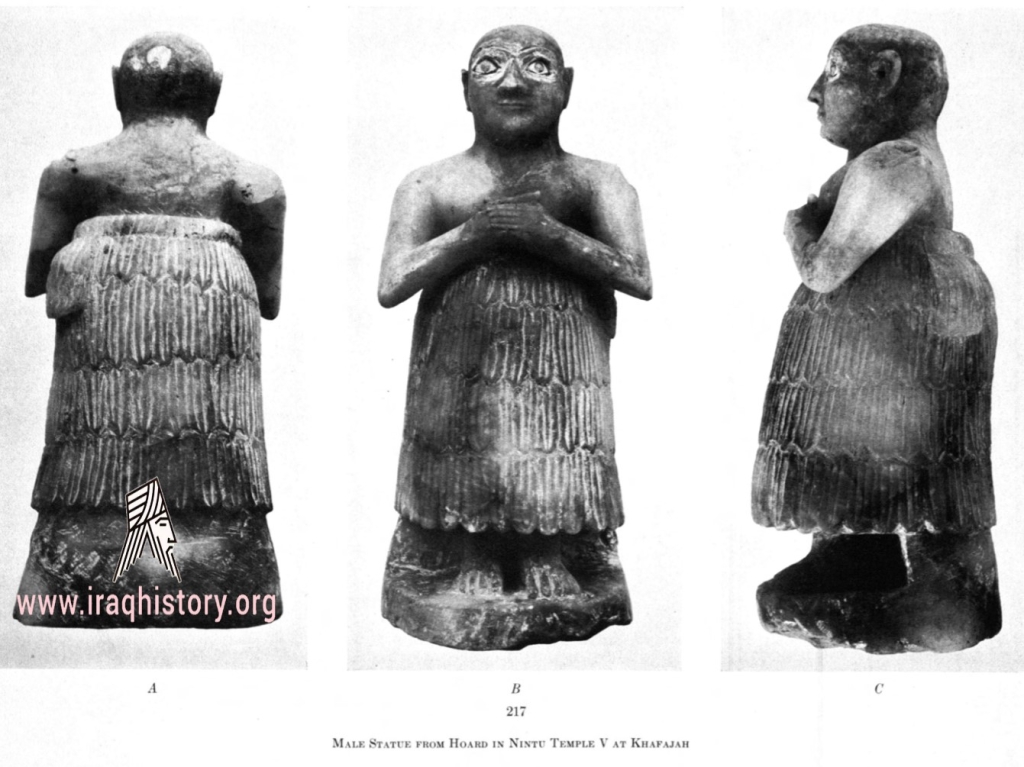

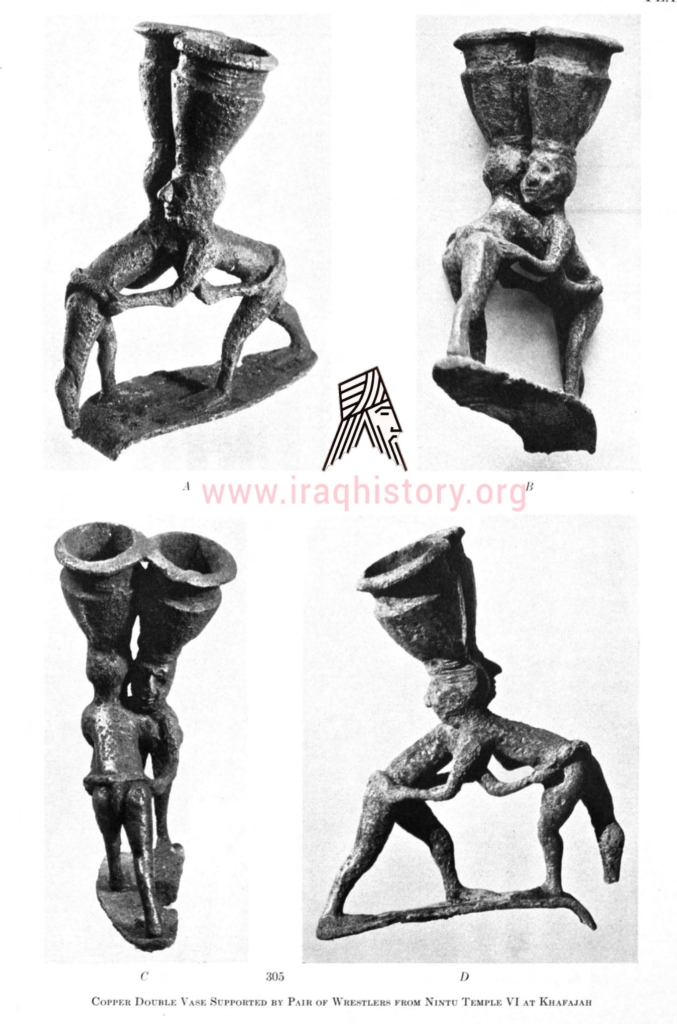

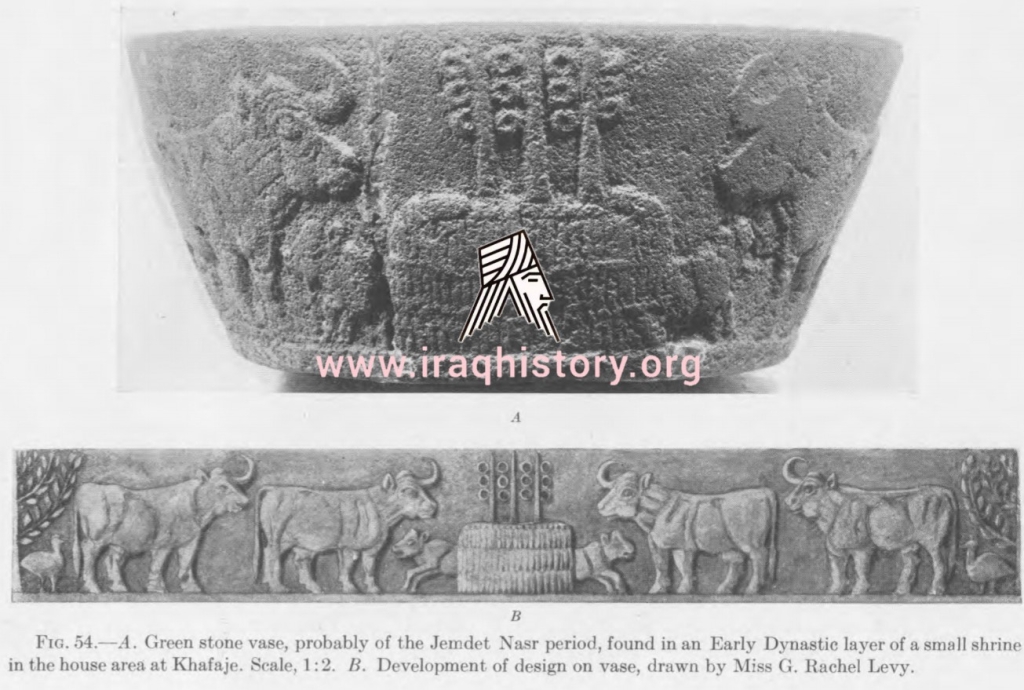
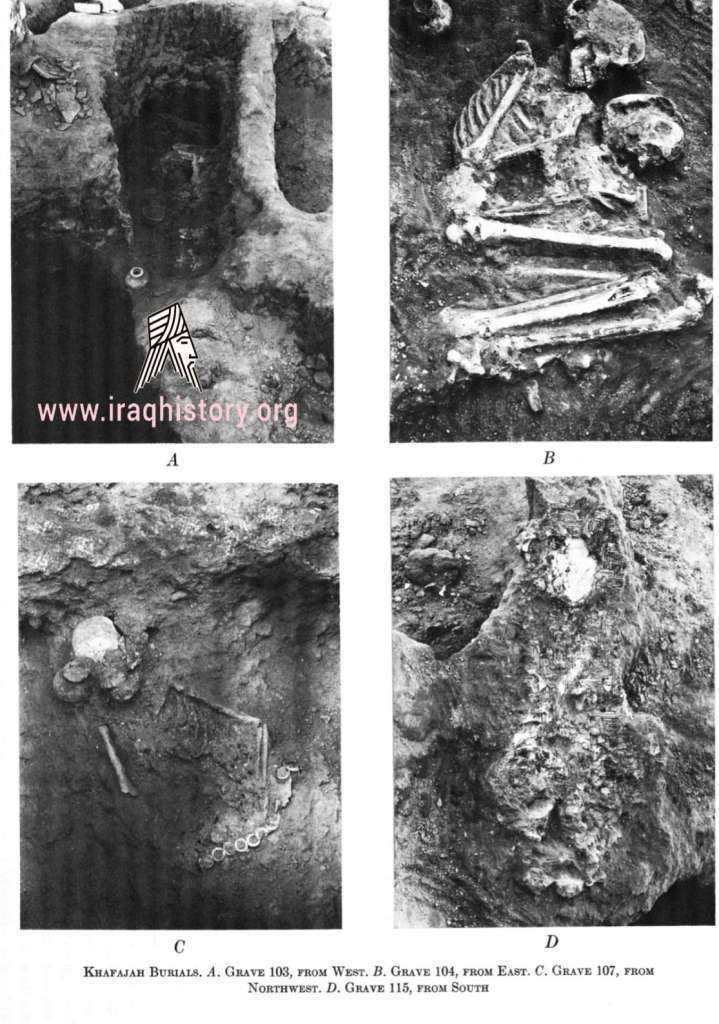
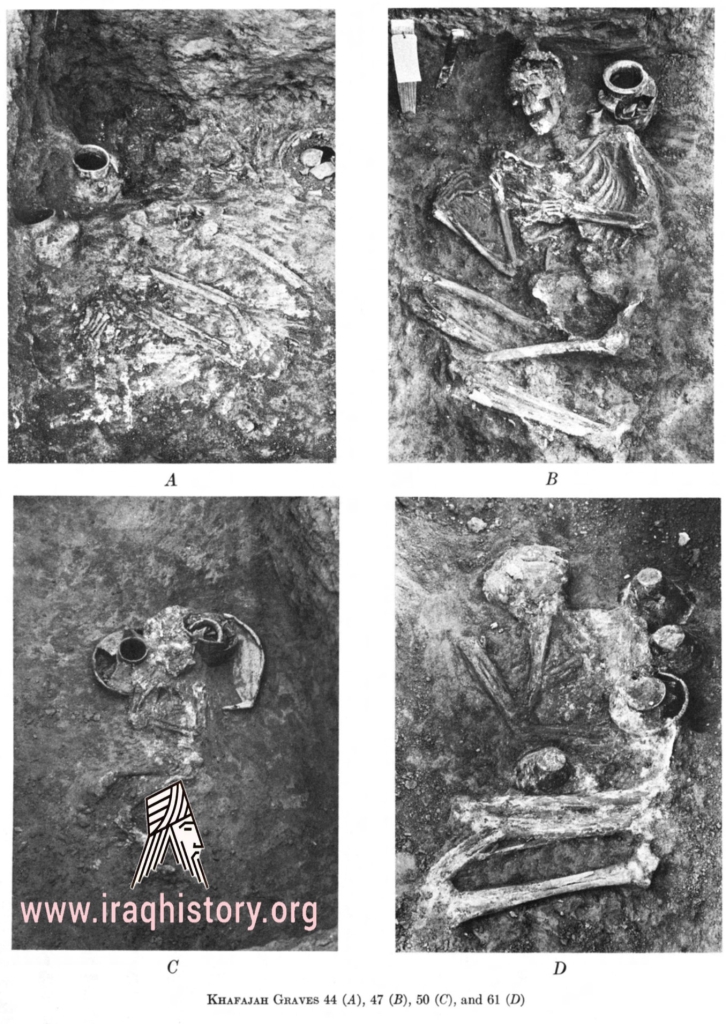
TEMPLE OVAL KHAFAJAH :
The Temple Oval Khafajeh
Temple,” the city of Khafajeh also contained an imposing complex of “ground-level” temples, the main one of which was dedicated to the moon-god, Sin.
Although the Temple Oval was poorly preserved, with only a few brick courses of the ground plan surviving, three stages of construction and remodeling during ED II and III could be documented. Before the construction of the walls, the entire sacred area, approximately 100m across, was cleared to a depth of 4.6m and filled with clean sand. The excavator, Pinhas Delougaz of the Oriental Institute at the University of Chicago, estimated the quantity of sand at 64,000 m3. After this ritual preparation, intended to create a pure environment for the god’s residence, the area was bounded by an oval wall. Plano-convex bricks were used, bricks with a flat bottom and a curved top, a shape that enjoyed great popularity only in ED Mesopotamia. They were set diagonally in a herringbone pattern: one course tilted to the right, the next course tilted to the left, and so on.
Tell Ishchali
is an archaeological site in Diyala Province (Iraq) a few hundred meters from the Diyala River and 3 miles south by southeast from the ancient city of Khafajah. It is thought to be ancient Nerebtum or Kiti and was part of the city-state of Eshnunna. It is known to have been occupied during the Isin-Larsa period and Old Babylonian period with excavations ending before earlier levels were reached.
Tel alqareb


